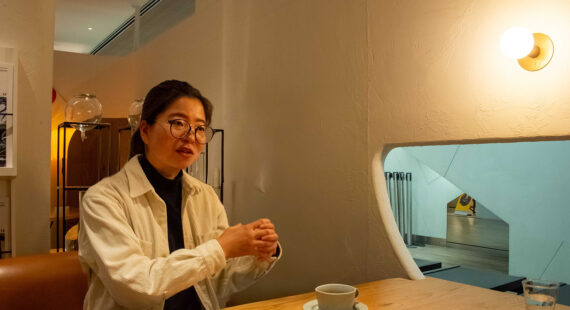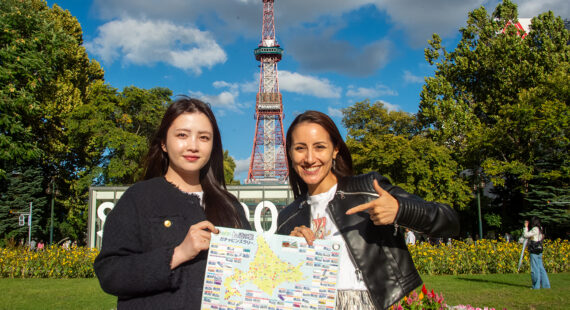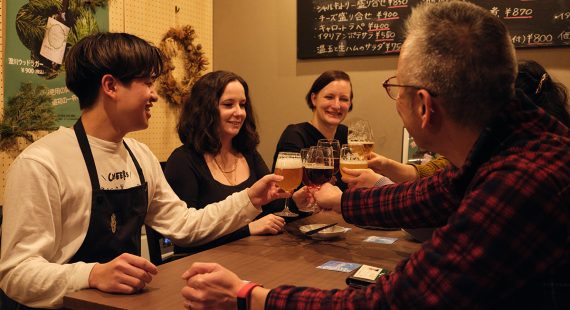Sapporo, the capital of Hokkaido, might seem like a highly convenient city at first glance, but it is also surprisingly rich in nature. With a population of around two million, modern facilities, popular sightseeing spots, and shopping centers, Sapporo is a bustling urban hub—but that’s not all. Large parks and green spaces in the suburbs, which cover much of the city, allow visitors to enjoy nature casually and peacefully. Recognized as one of Japan’s most attractive cities to live in, Sapporo perfectly balances urban functions with abundant natural surroundings, making it an ideal destination for a Sapporo tour.
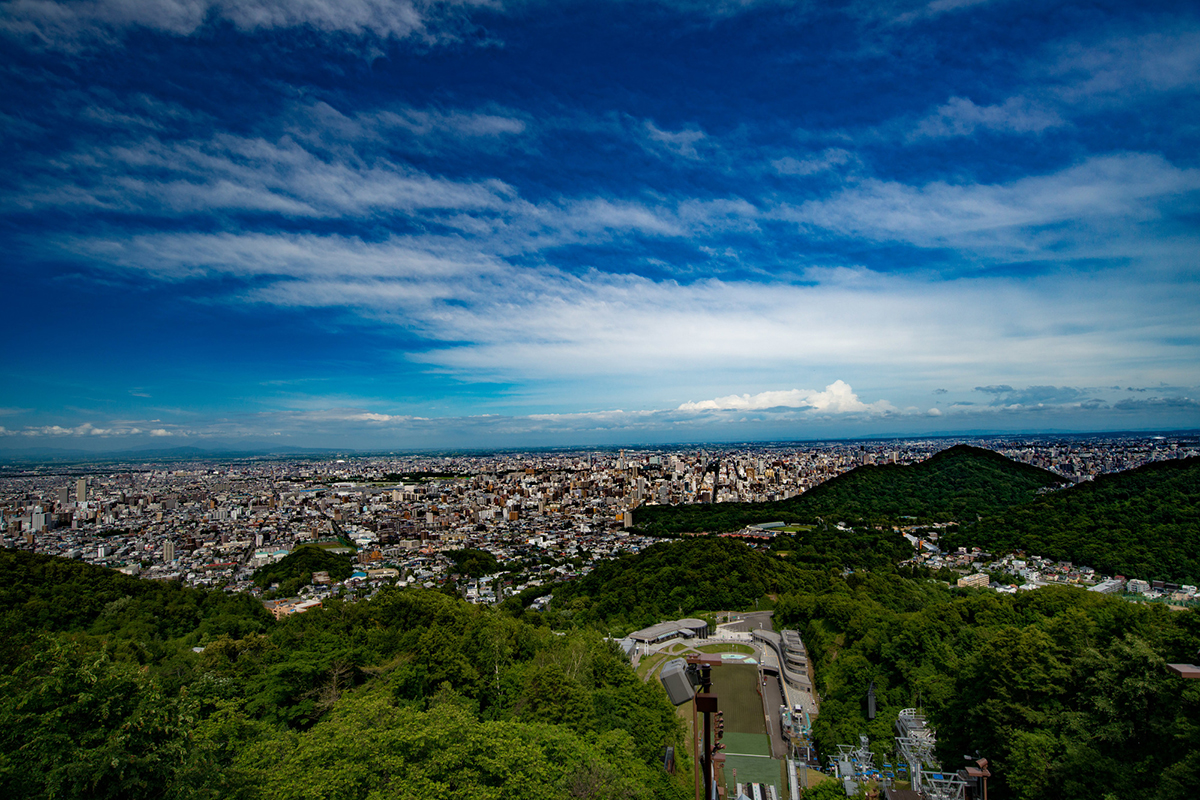
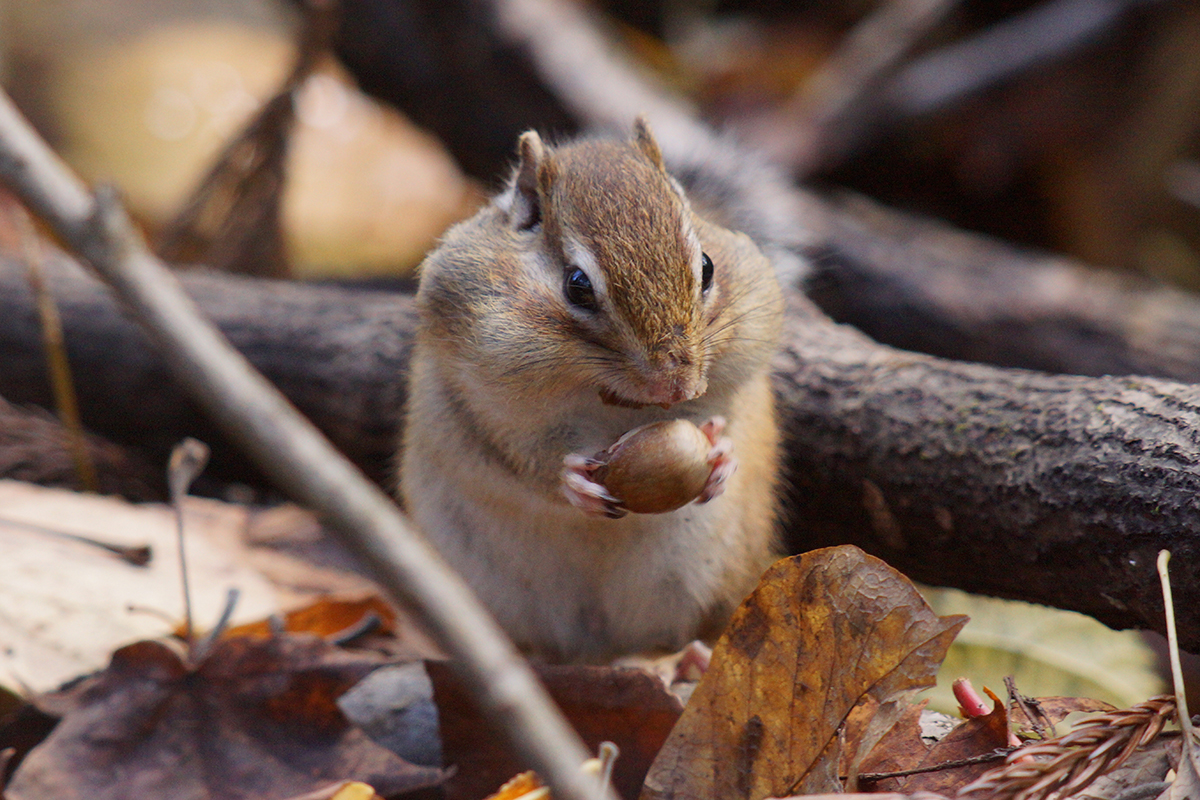
Just a short trip into the suburbs brings you to serene forests where birds sing and small, charming animals like squirrels can be spotted. The city also has mountains exceeding 1,000 meters, offering enjoyable trekking opportunities. Enhance your Sapporo experience by combining sightseeing with relaxing nature walks—this is exactly what a Sapporo tour can offer, blending urban exploration with the tranquility of nature.
Table of Contents
1. Discover Sapporo: City and Nature
2. Sky: Adorable Birds of Hokkaido
3. Land: Charming Wildlife Around Sapporo
4. Water: Salmon, Hokkaido’s Famous Fish
5. Local Cuisine in Sapporo
1. Discover Sapporo: City and Nature
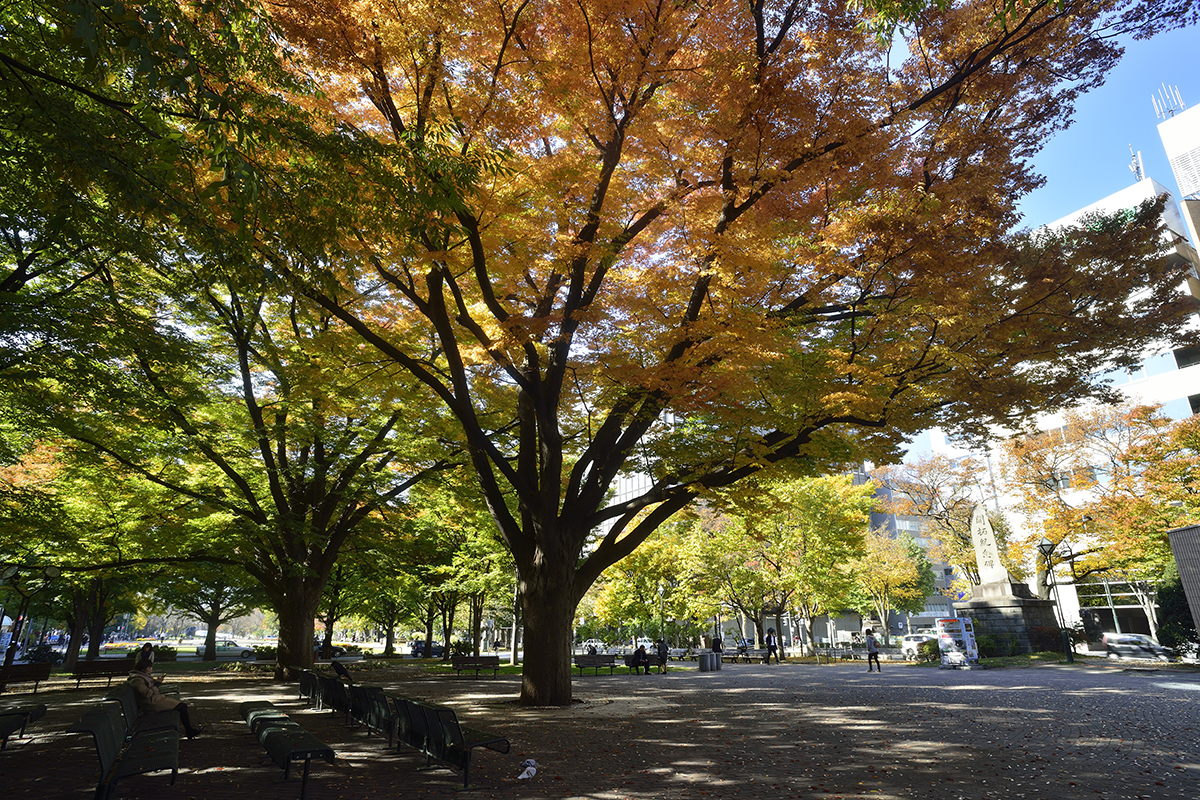
Sapporo, the capital of Hokkaido, is not only a convenient city for transportation and shopping but also a place rich in nature. As the political, economic, and cultural center of Hokkaido, it is home to around two million people, making it the fifth largest city in Japan after Tokyo, Yokohama, Osaka, and Nagoya. The city covers an area roughly the same size as Hong Kong. Despite its urban scale, Sapporo is closely connected to nature; brown bears occasionally appear in the outskirts, though they are rarely seen in residential areas. When trekking in the surrounding mountains, hikers often hang a bell on their backpacks to alert wildlife, but in the downtown areas, there is no need to worry.
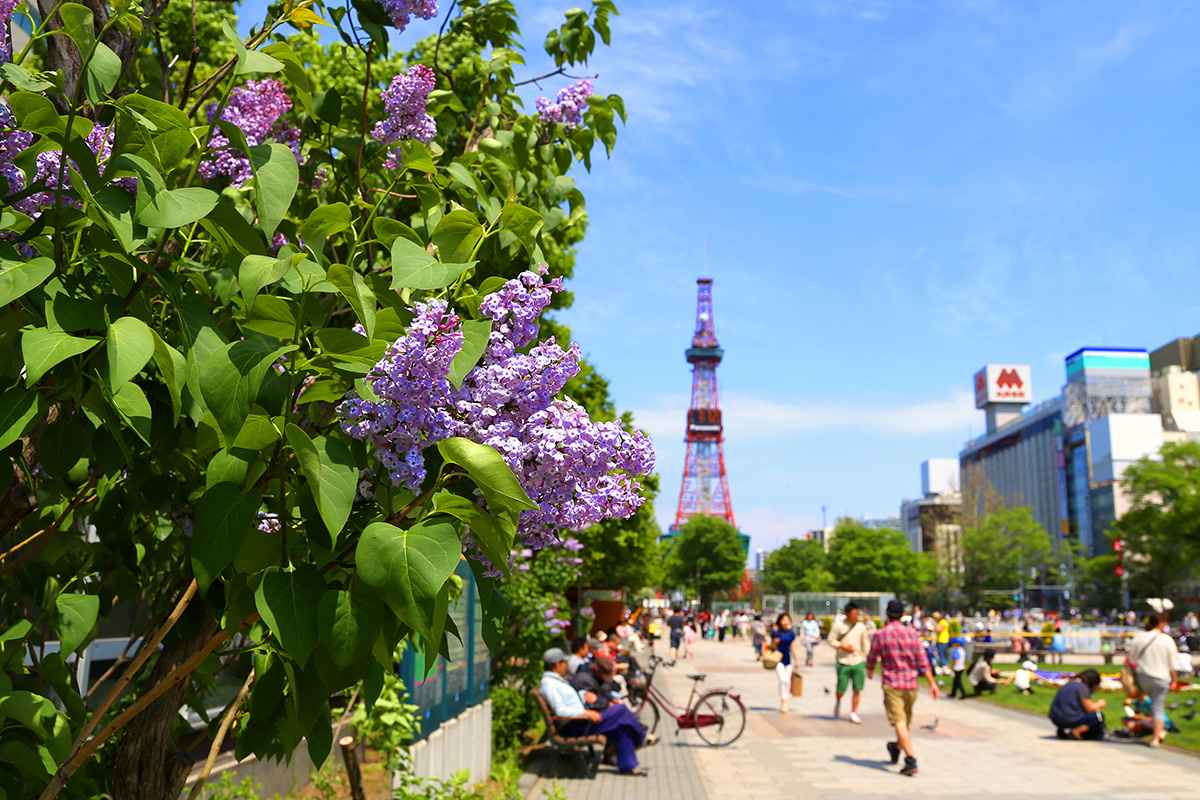
Odori Park, located in the heart of the city, is one of Sapporo’s major green spaces. Established about 150 years ago as part of the Meiji-era development of Hokkaido, the park was originally designed as a firebreak to prevent the spread of city fires. Today, it offers shady paths lined with trees, a habitat for birds, and seasonal events like the Lilac Festival in spring. Government offices, including City Hall and the Hokkaido Government Office, border the park to the north, while department stores and commercial areas lie to the south. Visitors on a Sapporo tour often include Odori Park in their itinerary for a relaxing walk in the city.
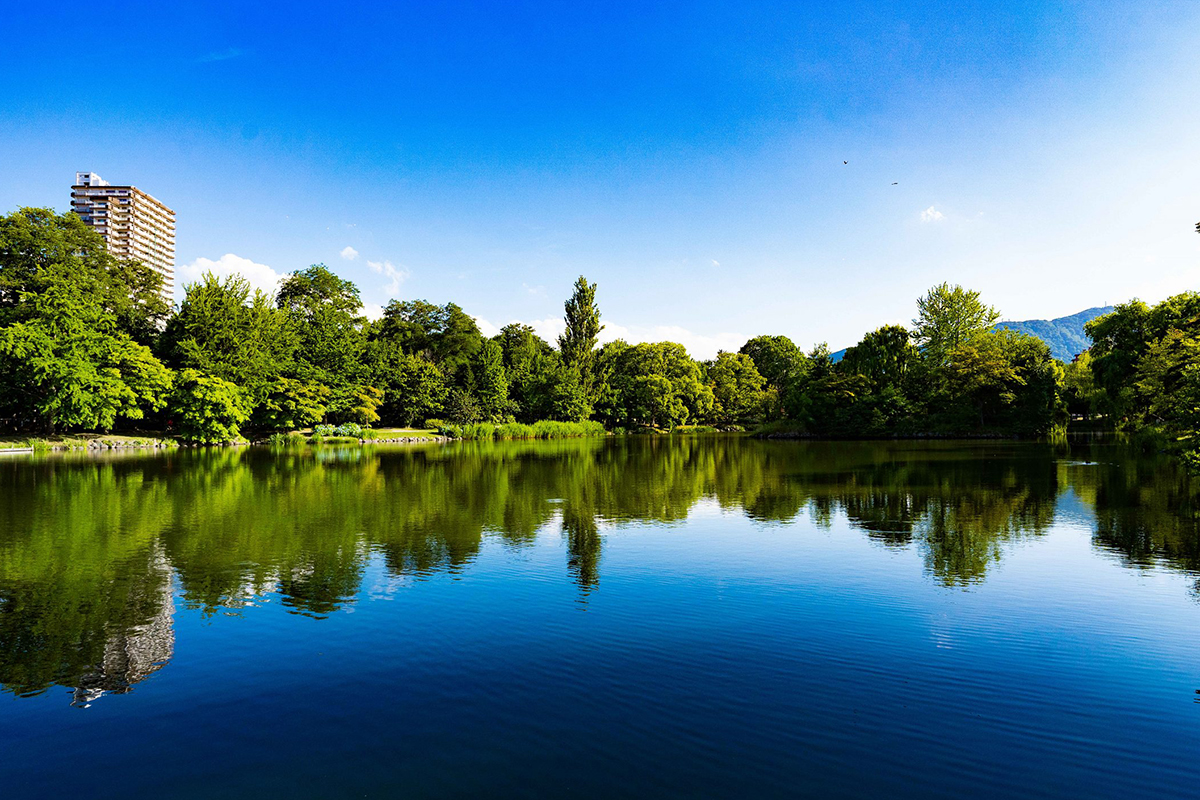
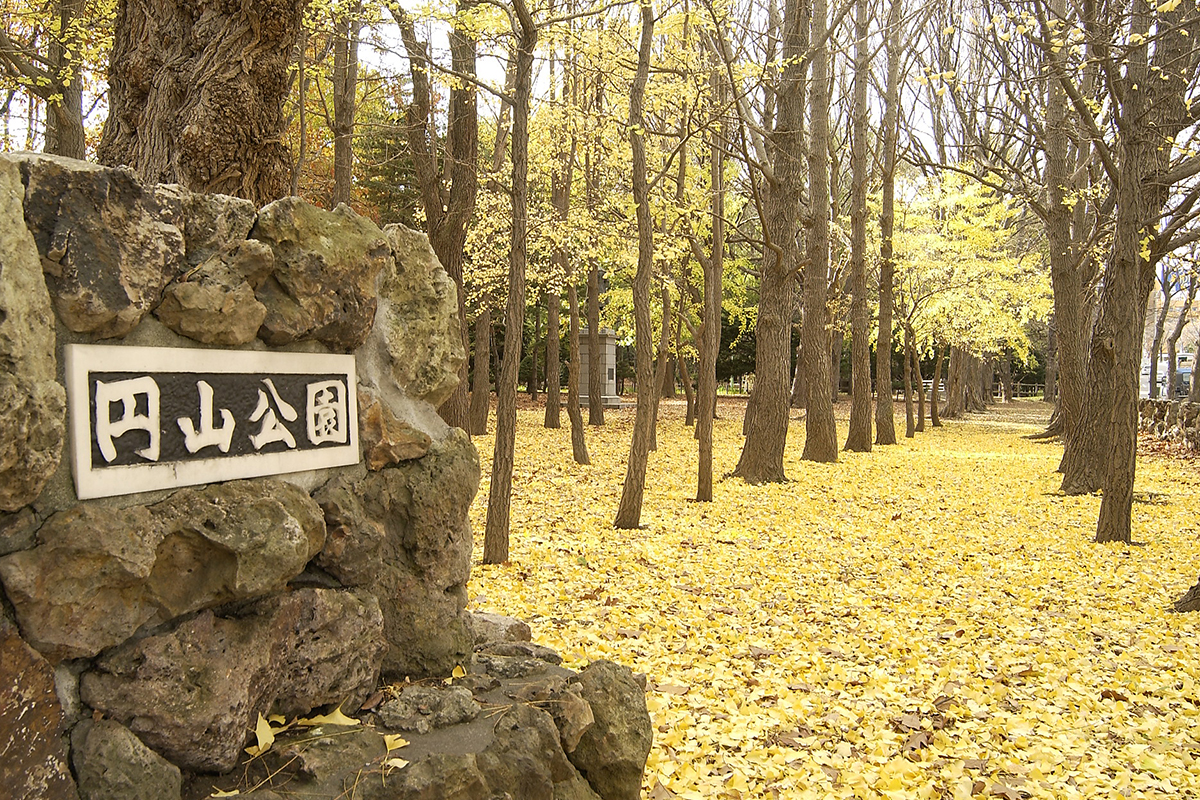
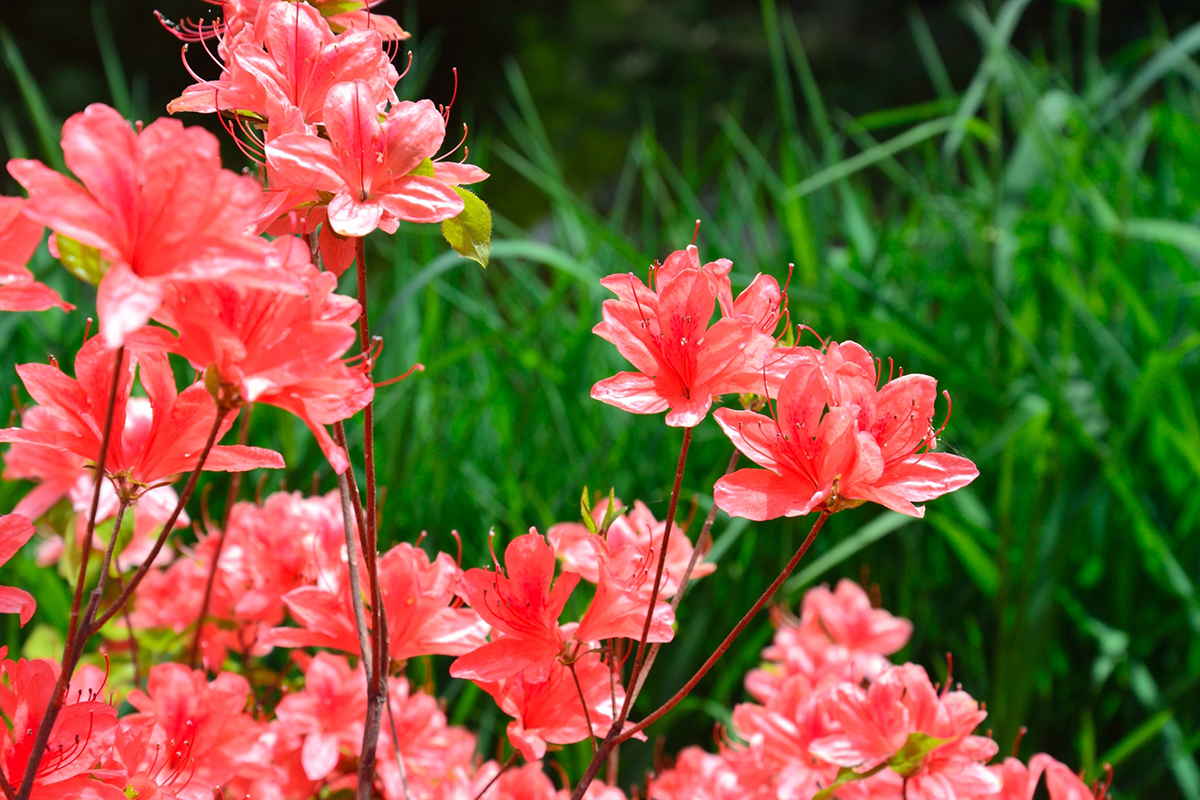
Beyond Odori Park, Sapporo is surrounded by nature-rich spots such as Maruyama Park near Hokkaido Shrine, the Hokkaido University Botanical Garden, and Nakajima Park. With around six meters of snowfall each winter, the city has developed an extensive subway network and underground shopping arcades, allowing travelers to explore comfortably regardless of weather. Starting a Hokkaido tour from Sapporo makes it easy to enjoy both city sightseeing and nearby natural attractions, blending urban experiences with tranquil nature walks.
2. Sky: Adorable Birds of Hokkaido
Walking in Sapporo’s parks and nearby forests, the gentle birdsong of various species can be heard around you. Simply listening to these calls is relaxing, but it becomes even more enjoyable when you recognize the birds and learn their names. Observing them is a highlight of any Sapporo tour for wildlife enthusiasts.
Hokkaido Long-tailed Tit, or Shima-enaga

Shima-enaga are small, fluffy white birds approximately 14 cm long, including their long tail, and are rapidly gaining popularity in Japan. They inhabit forests, mountains, and city parks, feeding primarily on insects and tree sap. Often called “snow fairies” for their adorable appearance, they fluff up in winter by trapping air between their feathers to keep warm. Many visitors include Shima-enaga spotting on their Sapporo tour.
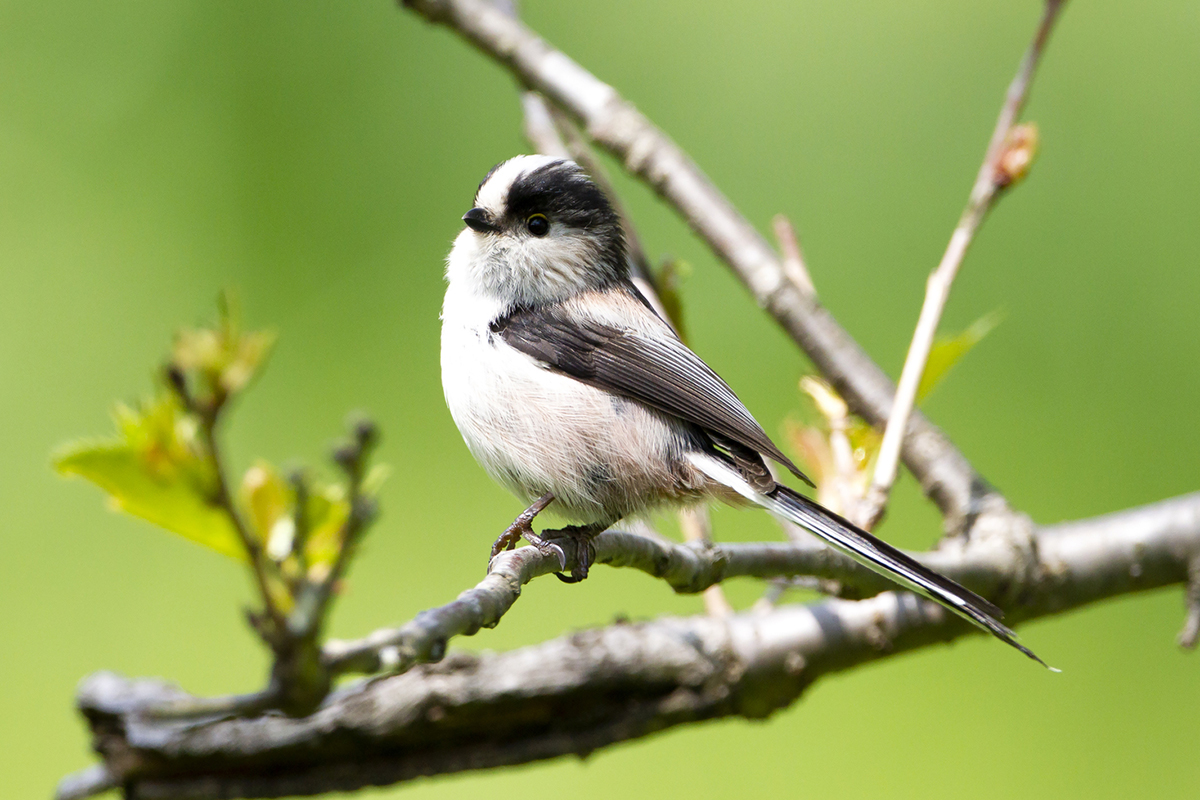
Unlike the long-tailed tits (enaga) found in Honshu, which have dark-colored heads, the Hokkaido long-tailed tit is a unique subspecies only found in Hokkaido.
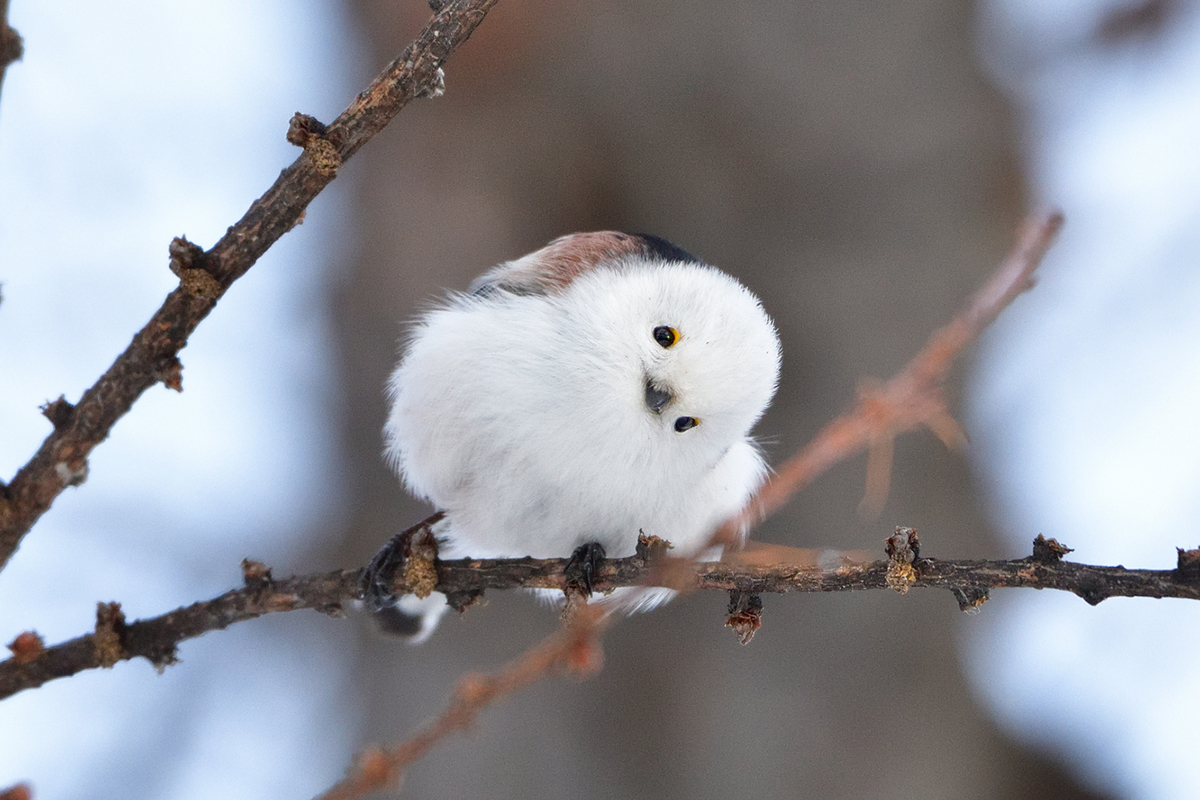
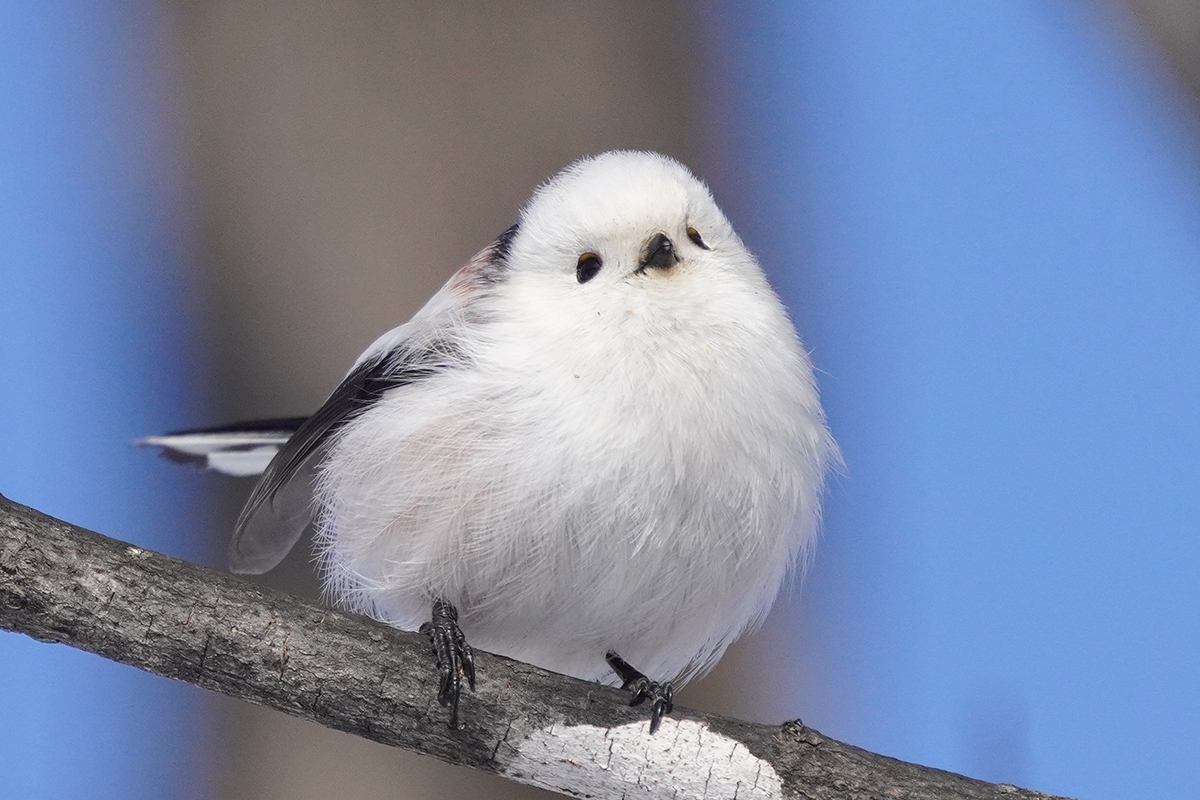
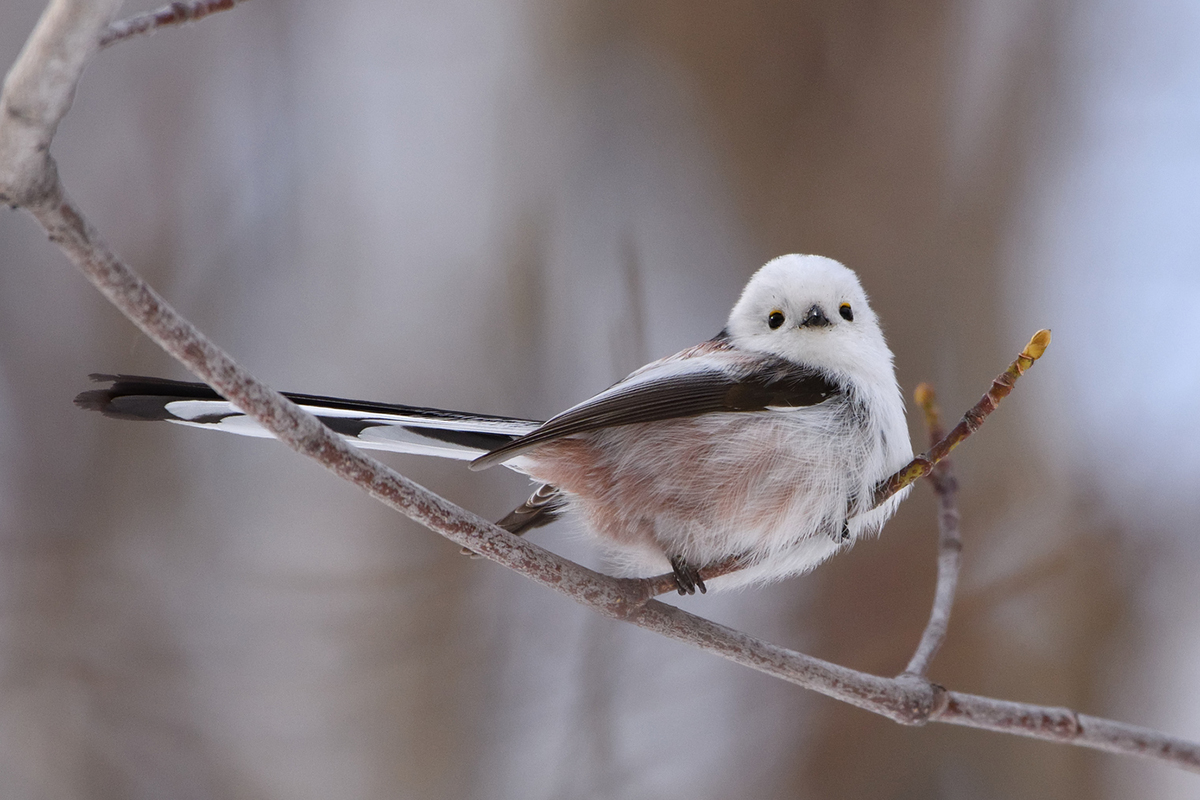
The name “shima-enaga” combines “shima,” meaning Hokkaido, and “enaga,” referring to the long ladle-like tail relative to their small body. The Ainu people, Hokkaido’s indigenous population, called them upas-cir, meaning “snowbirds,” likely due to their tiny white figures resembling snow.
Recently, these birds have gained attention in SNS, TV, books, and other media, increasing their popularity. Despite this, seeing them in real life remains rare because they are small, cautious, and constantly moving among trees in flocks. One tip for spotting them is to listen for their distinctive call, “jurr-jurr”, which becomes easy to recognize with practice. More details here: https://ebird.org/species/lottit1/ .
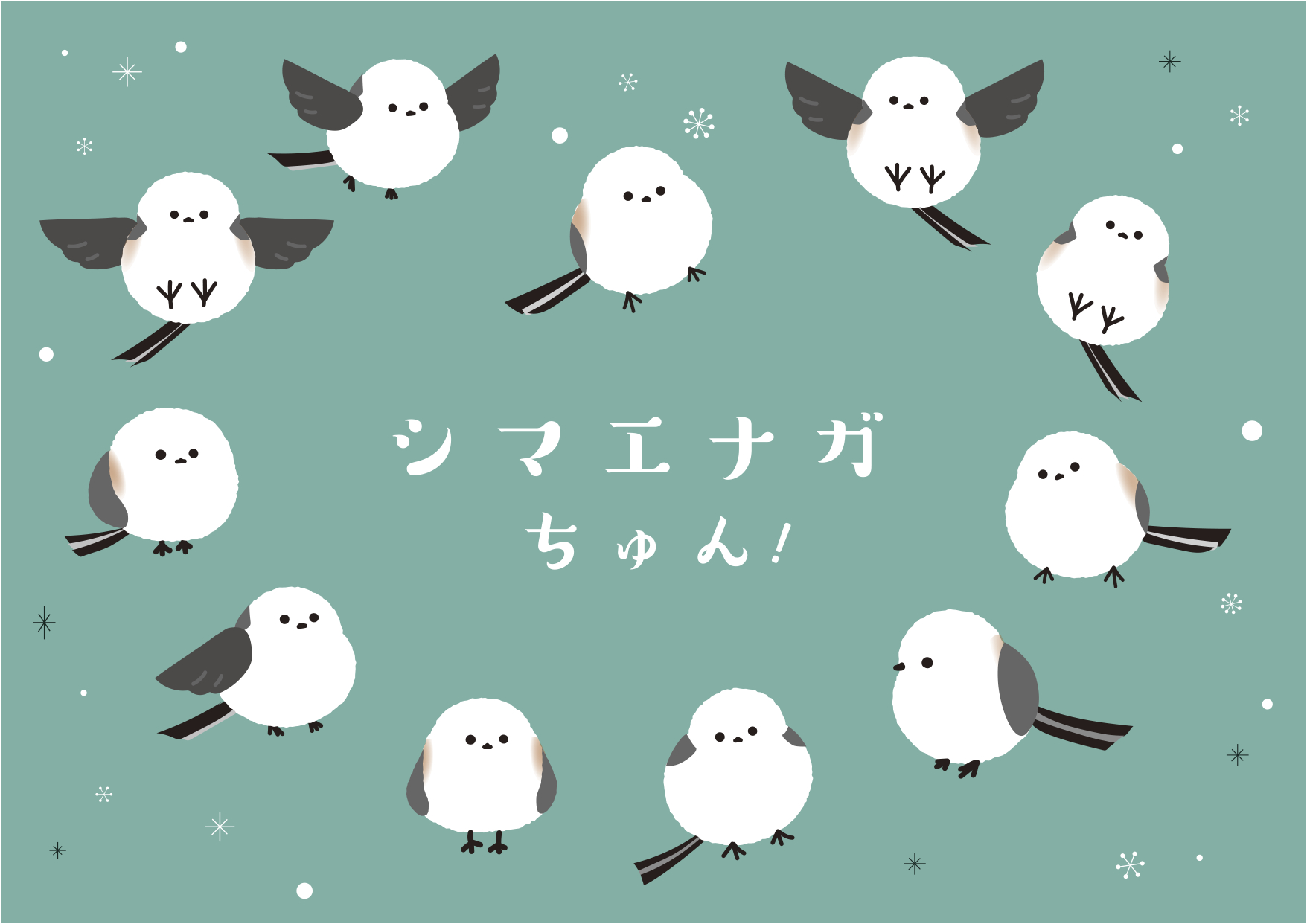
The popularity of Shima-enaga has inspired many character goods, such as stuffed toys and stationery, sold in souvenir shops across Hokkaido. They come in various sizes, from tiny figurines to up to one meter long. For bird lovers, these make great souvenirs, and spotting Shima-enaga is a memorable highlight of a Sapporo tour.
Tits
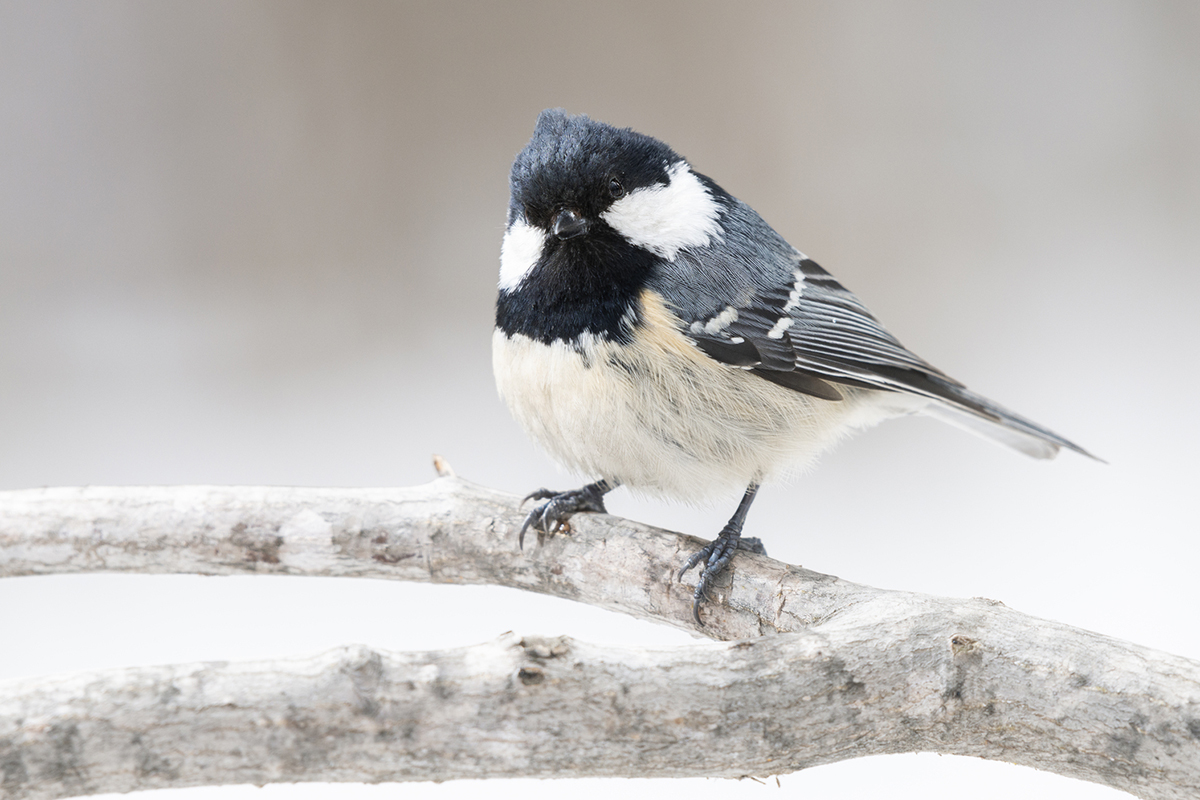
Tits often share the woods with the Hokkaido long-tailed tits. Hokkaido is home to various species of tits, with the Japanese tit being the most common, recognizable by the black tie-like marking on its white chest. The coal tit, willow tit, and marsh tit display simpler shades of white, gray, and black. The varied tit stands out with its bright orange underparts, blue-gray wings, and striking black-and-white head, making it easy to spot. All of these small birds measure around 10 to 15 cm and feed primarily on insects and nuts. Their lively calls, such as “tsupi-tsupi-tsupi” and “sizzle-sizzle,” bring energy and melody to the forest.
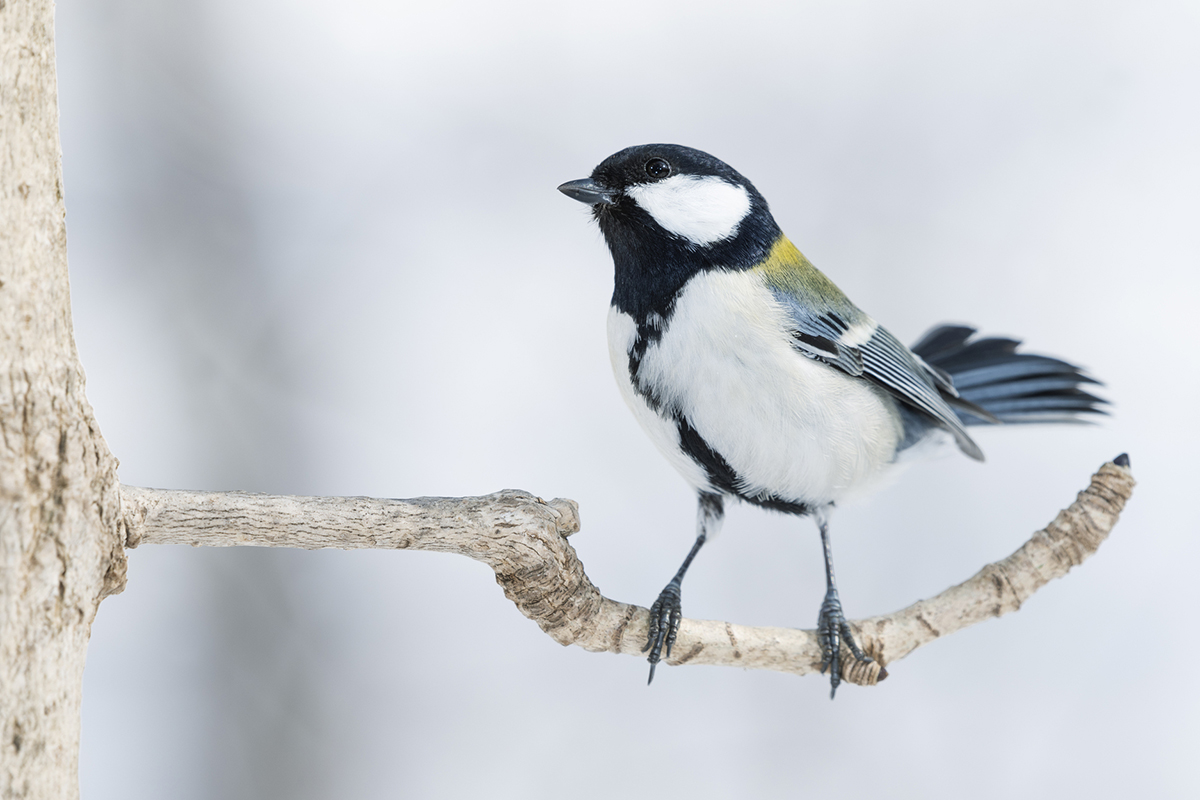
The Japanese tit is easily recognized by the distinctive tie-like marking on its chest.
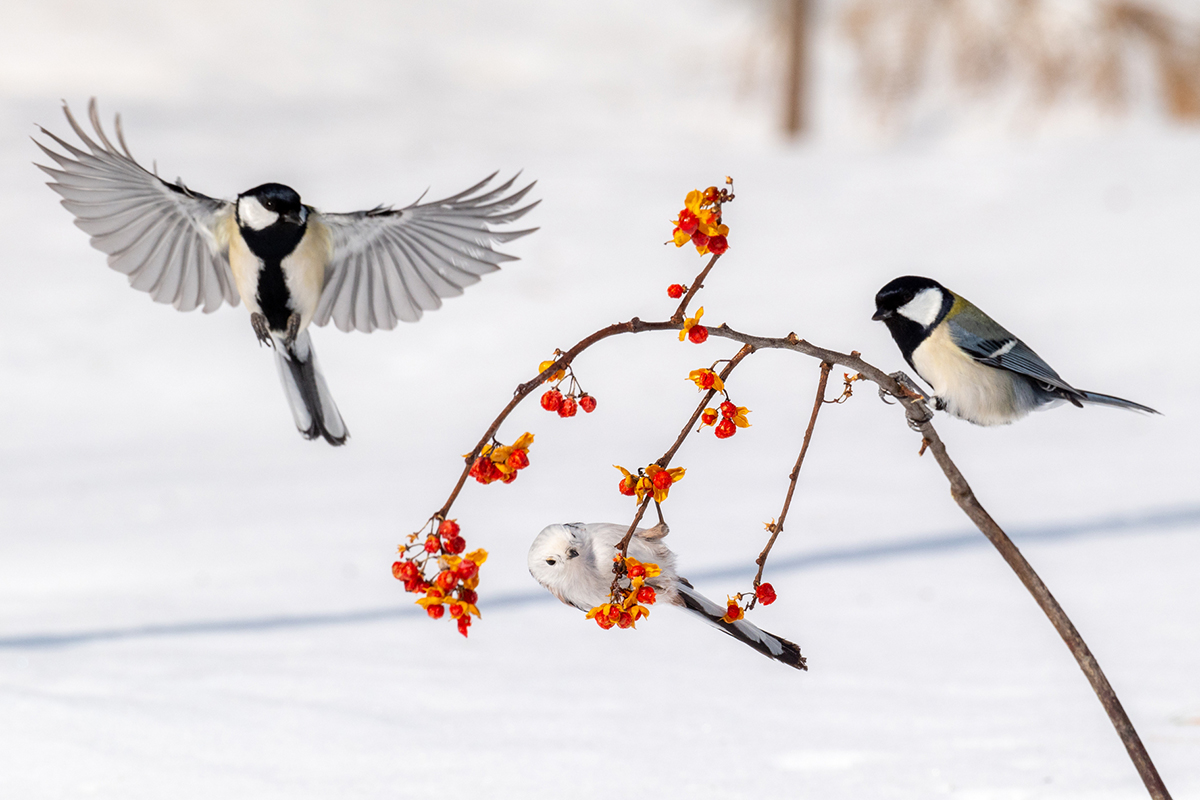
Tits often perch on branches and travel in flocks, particularly from autumn through winter.
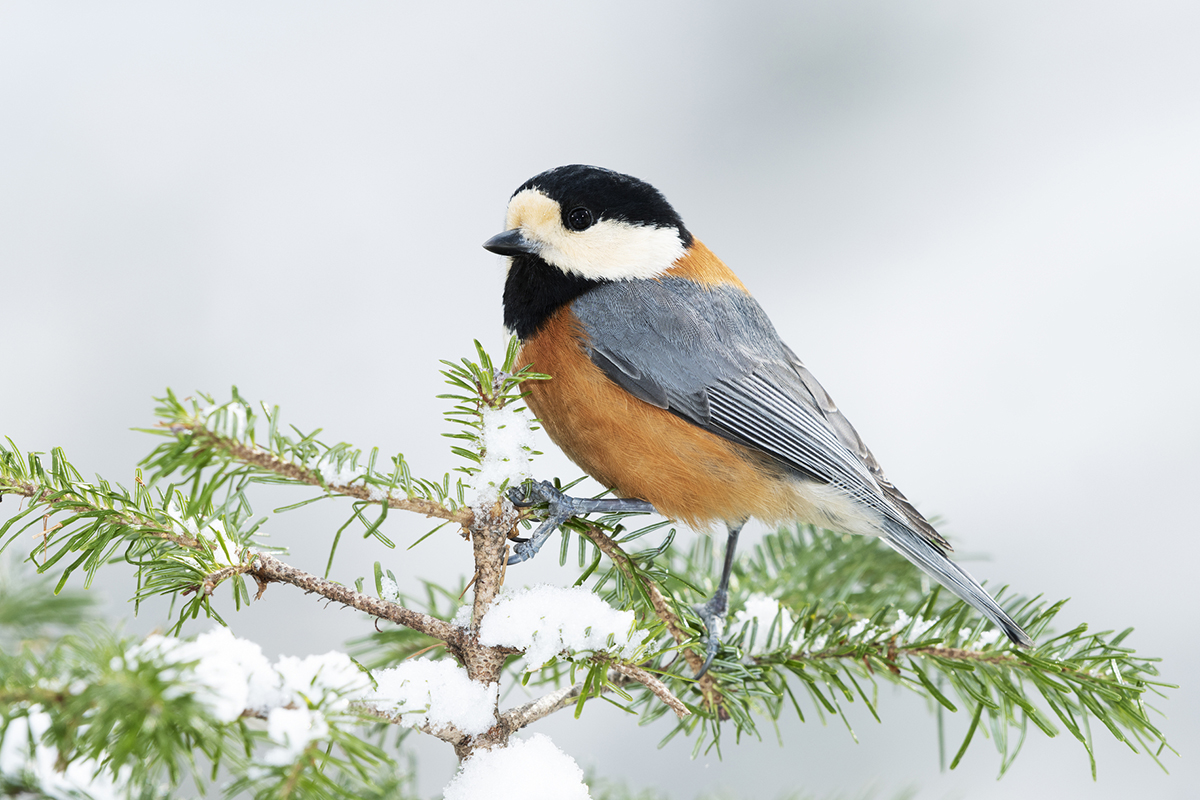
Varied tits are easy to distinguish from other tits due to their colorful feathers.
Eurasian Nuthatch
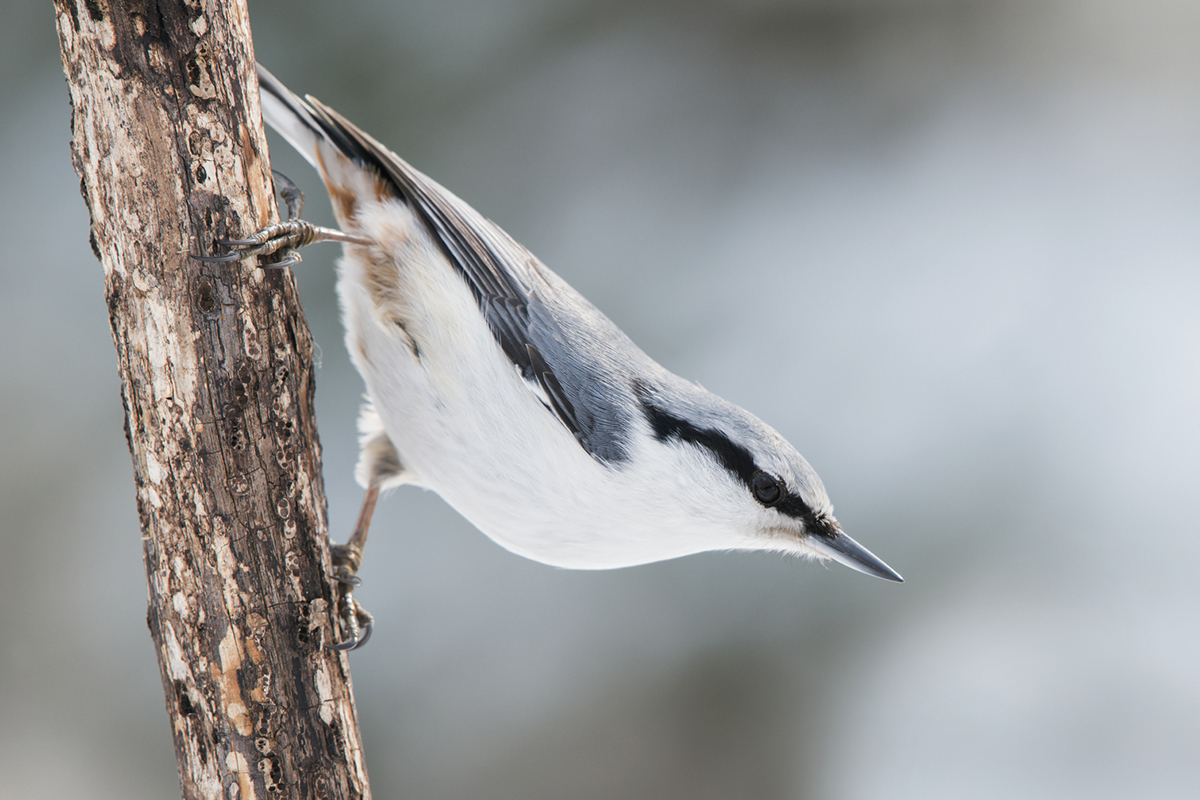
The black streaks separating their gray wings from the white underparts give them a distinctive, stylish look. They also have the remarkable ability to move upside down along tree trunks.
Great Spotted Woodpecker
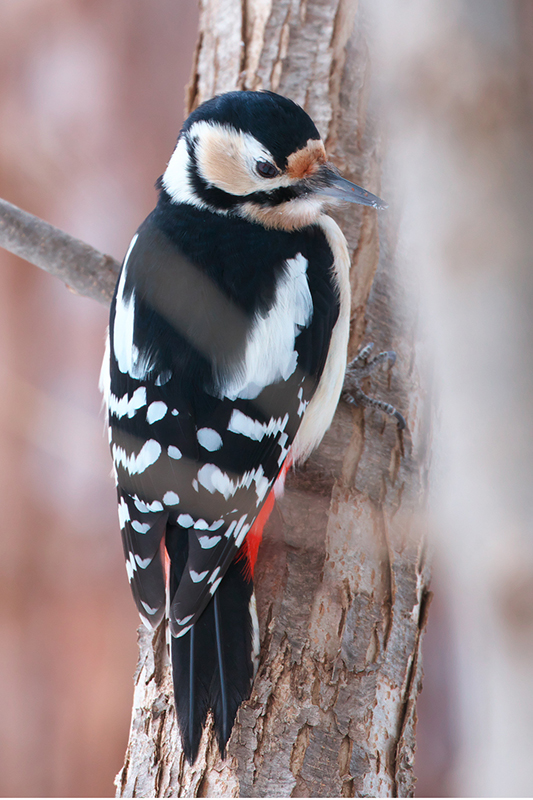
When you hear a rhythmic drumming in the forest, you might spot a woodpecker nearby. The great spotted woodpecker, common throughout Japan, measures about 24 cm in length and inhabits various forests, woodlands, and parks. Woodpeckers drill into trees not only to hunt for insects but also to create nest cavities. Since they carve new holes each year, their old nests provide valuable homes for other creatures like squirrels. In the Ainu language, they are called e-sokisoki, meaning “something that strikes on its head.”
Black Woodpecker
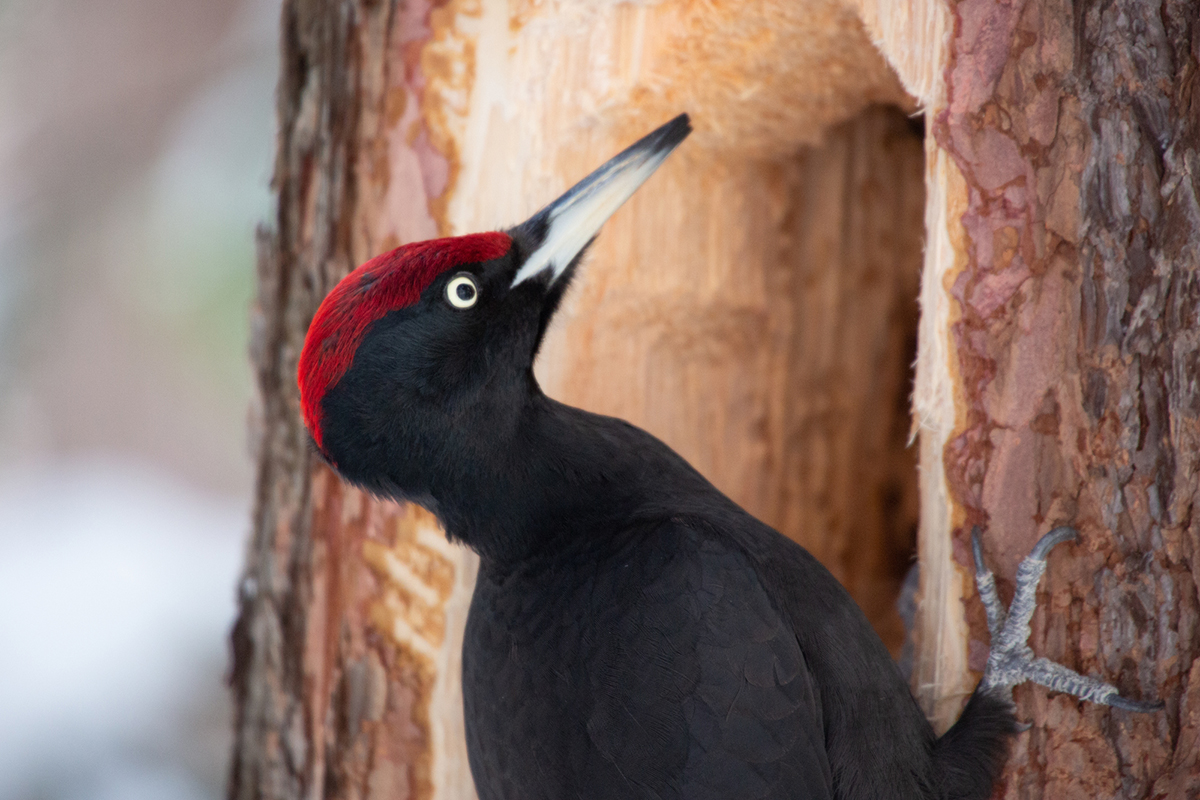
This striking woodpecker stands out with its all-black body, vivid red crown, and amusing small eyes. In Japan, it is a rare species found only in Hokkaido and the northern part of the mainland, yet it can occasionally be spotted during a Sapporo tour. As the largest woodpecker in Japan, measuring about 46 cm—roughly the size of a crow—it primarily feeds on insects living in tree trunks, especially ants. The Ainu people named it cip-ta-cikap kamuy, meaning “a deity of digging boats,” because the elongated, narrow holes it drills resemble dugout canoes.
Ezo Ural Owl
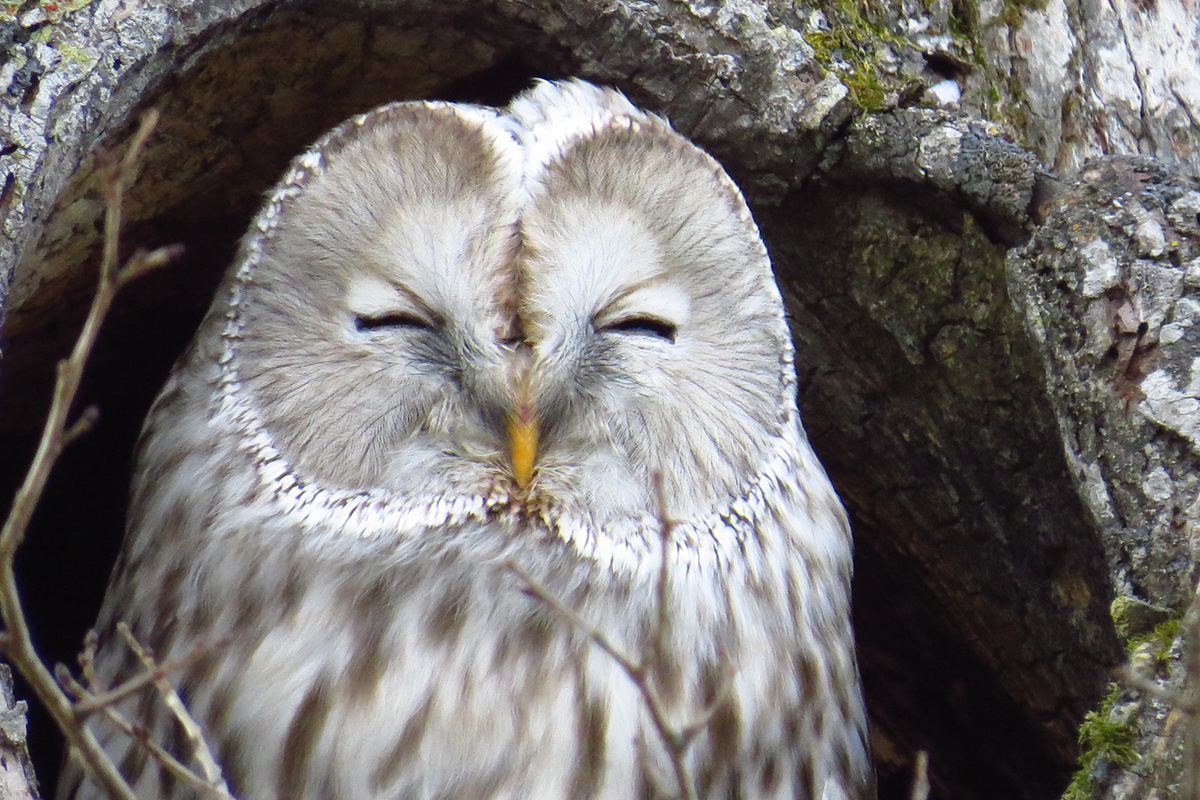
The Ezo Ural owl typically nests in large tree cavities found in forests or shrine groves and usually lives in pairs. The term “Ezo” refers to the old name for Hokkaido, and animals with this prefix are often Hokkaido-endemic species. This owl is a subspecies of the Ural owl, and its Ainu name, kunne-rek-kamuy, translates to “a deity crying at night.” Measuring about 50 cm with a wingspan of approximately one meter, it preys on mice and frogs, making it a fascinating bird to observe during a Sapporo tour or a Hokkaido tour.
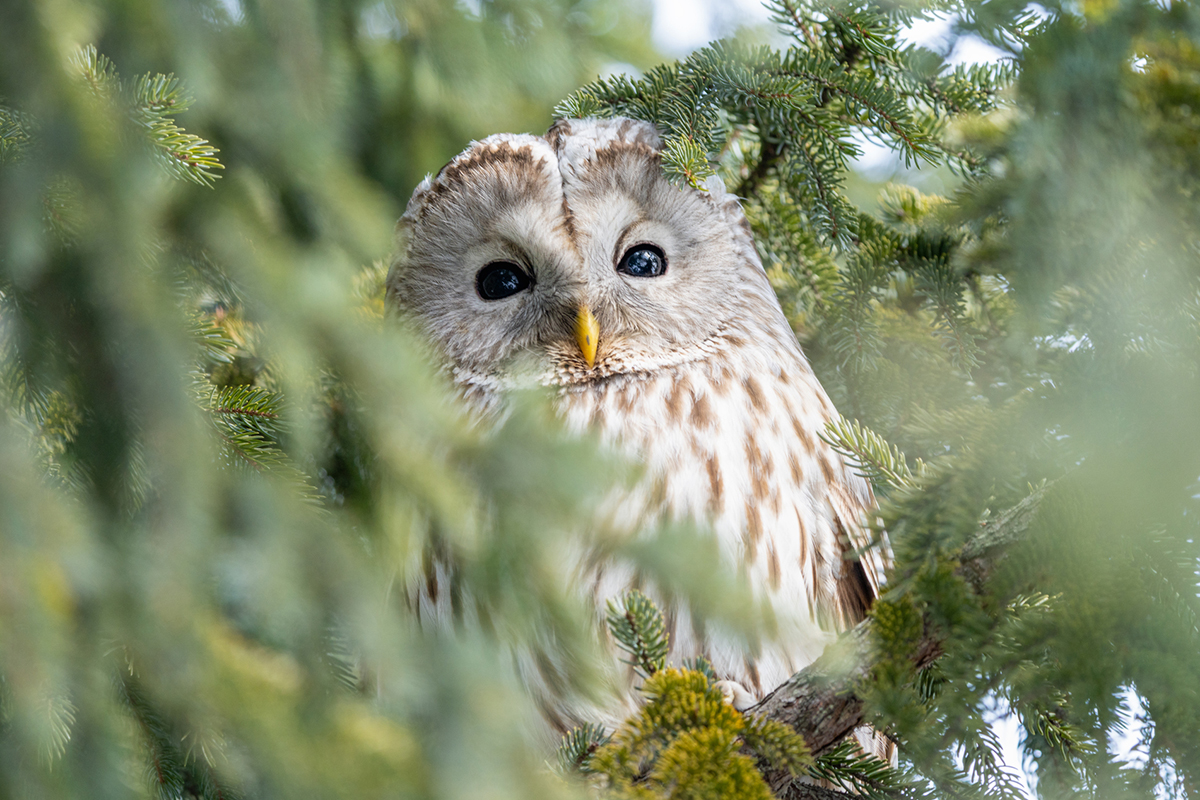
In Sapporo, these birds can be spotted in Maruyama Park, Nakajima Park, Nopporo Forest Park, and many other green spaces. Some species appear not only in forests but also in residential neighborhoods. Pay attention to their distinctive calls and try spotting them during your Sapporo tour.
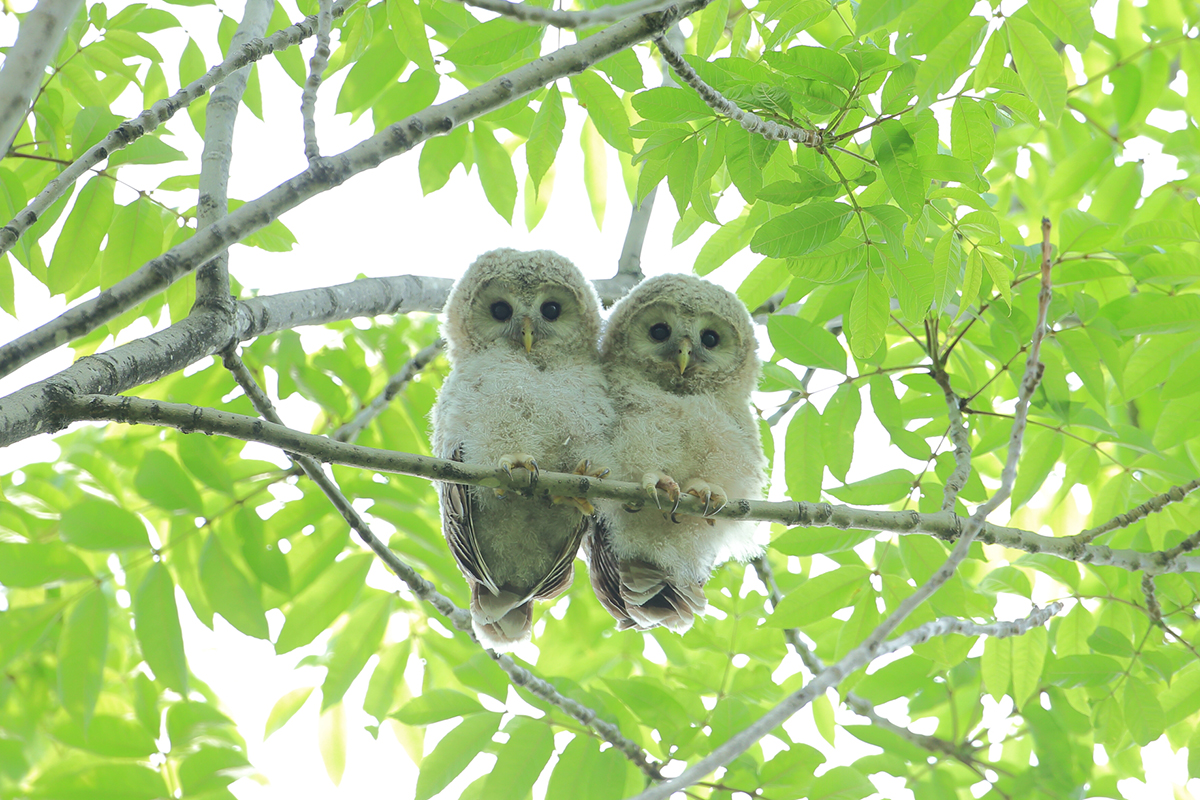
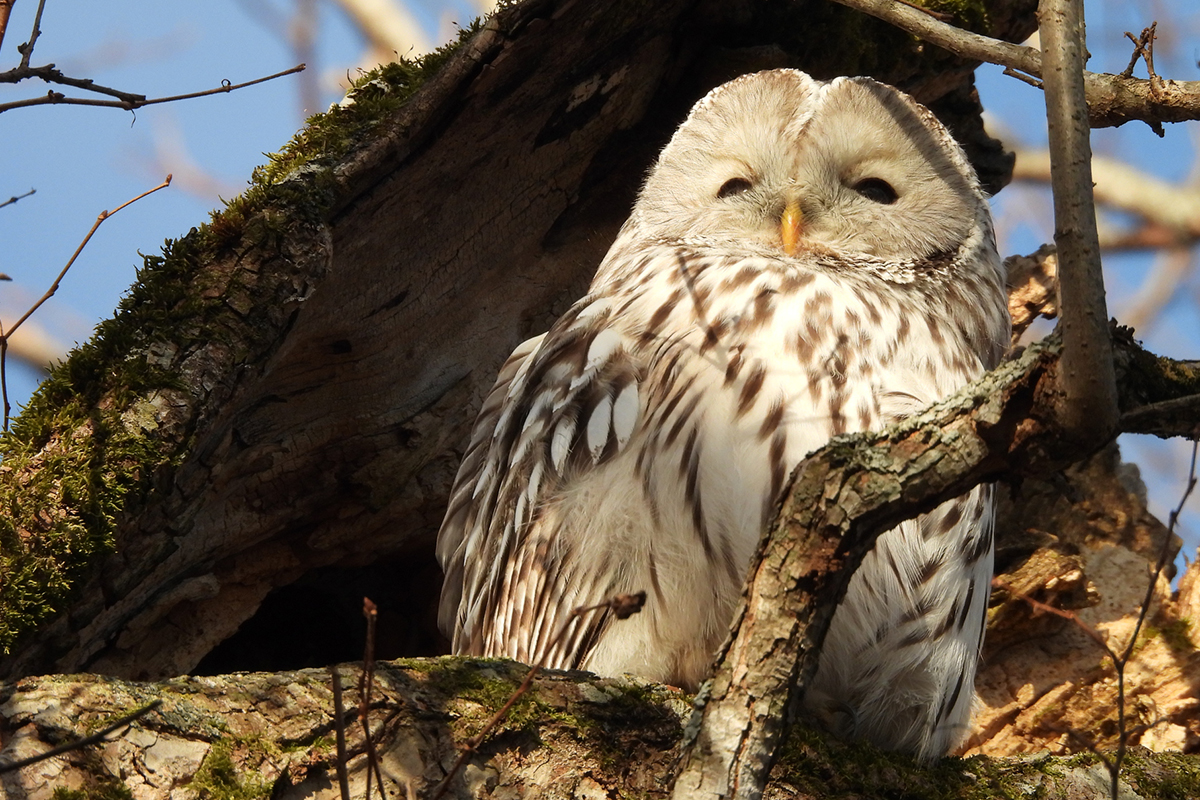
3. Land: Charming Wildlife Around Sapporo
Shifting our focus from the sky to the land, let’s explore the small mammals that make their home in and around Sapporo.
The Blakiston Line
Before we explore the animals of Hokkaido, it’s useful to know about the Blakiston Line, a key concept for understanding the region’s wildlife. This invisible boundary lies in the Tsugaru Strait, separating Hokkaido from Honshu and marking the division of animal species. For instance, brown bears, Ezo sika deer, and Ezo squirrels are native to Hokkaido, while Honshu hosts black bears, Japanese sika deer, Japanese macaques, and wild boars.
The Blakiston Line was identified by British zoologist and merchant Thomas Blakiston, who explored Hokkaido in the late 19th century. Knowing about this line can enhance your Hokkaido tour, helping you understand why Hokkaido’s wildlife is unique compared with other parts of Japan.
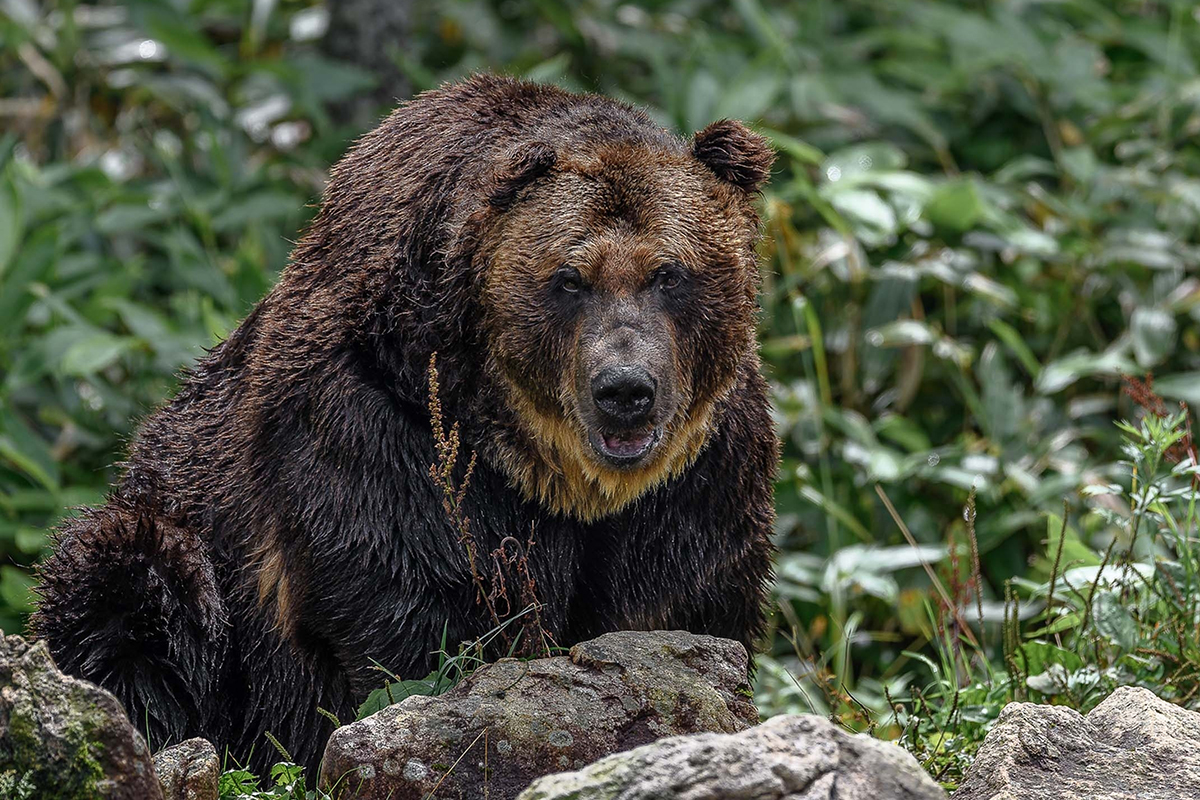

Now, let’s meet some of the adorable animals that are unique to Hokkaido. Each of them adds charm to the landscapes you’ll encounter during your Hokkaido tour, from city parks in Sapporo to deep northern forests.
Ezo Squirrels
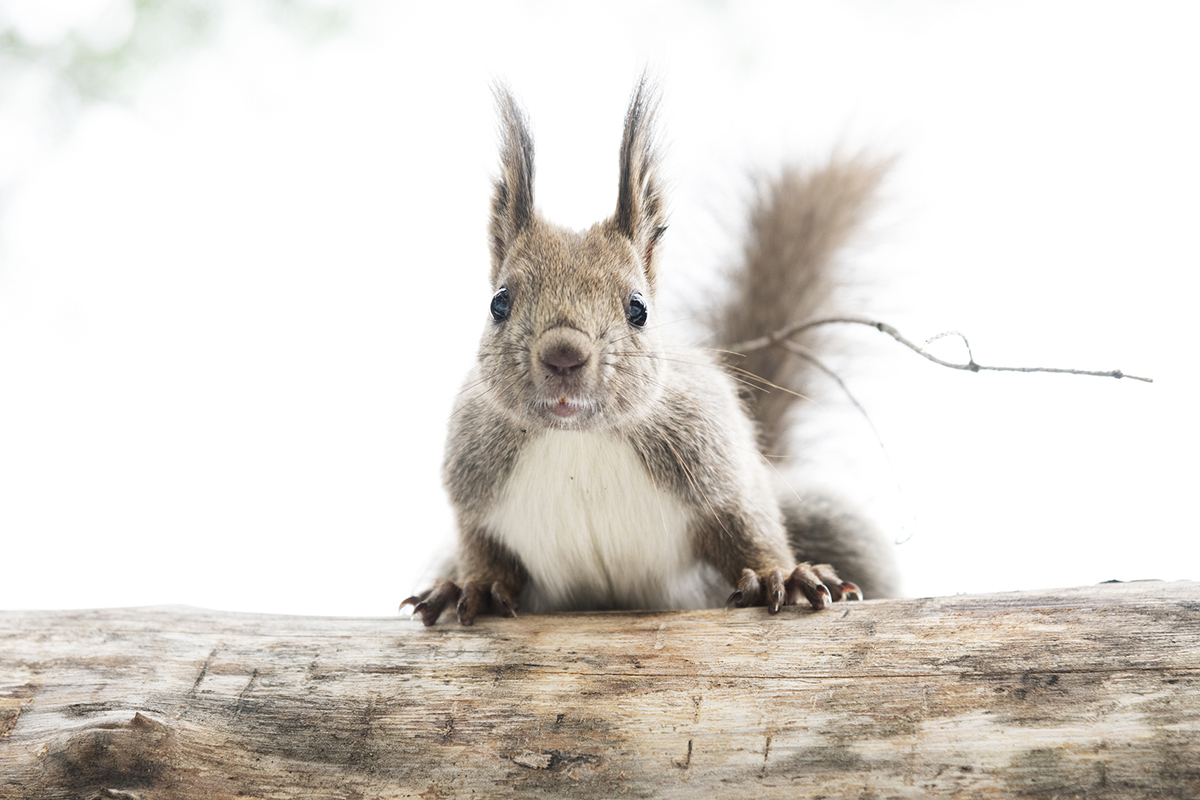
The Ezo squirrel is one of the most familiar small animals you can spot during a Sapporo tour. These quick and lively creatures, about 22 to 27 centimeters long, can be seen darting up and down tree trunks or running across the ground during the day. Their diet includes nuts, plants, and insects, and—unlike many other animals in cold regions—they do not hibernate in winter. In autumn, they bury nuts and seeds in the ground to prepare for the snowy season, later digging them up to eat. Interestingly, the ones they forget to retrieve help new plants grow, playing an important role in the forest ecosystem.
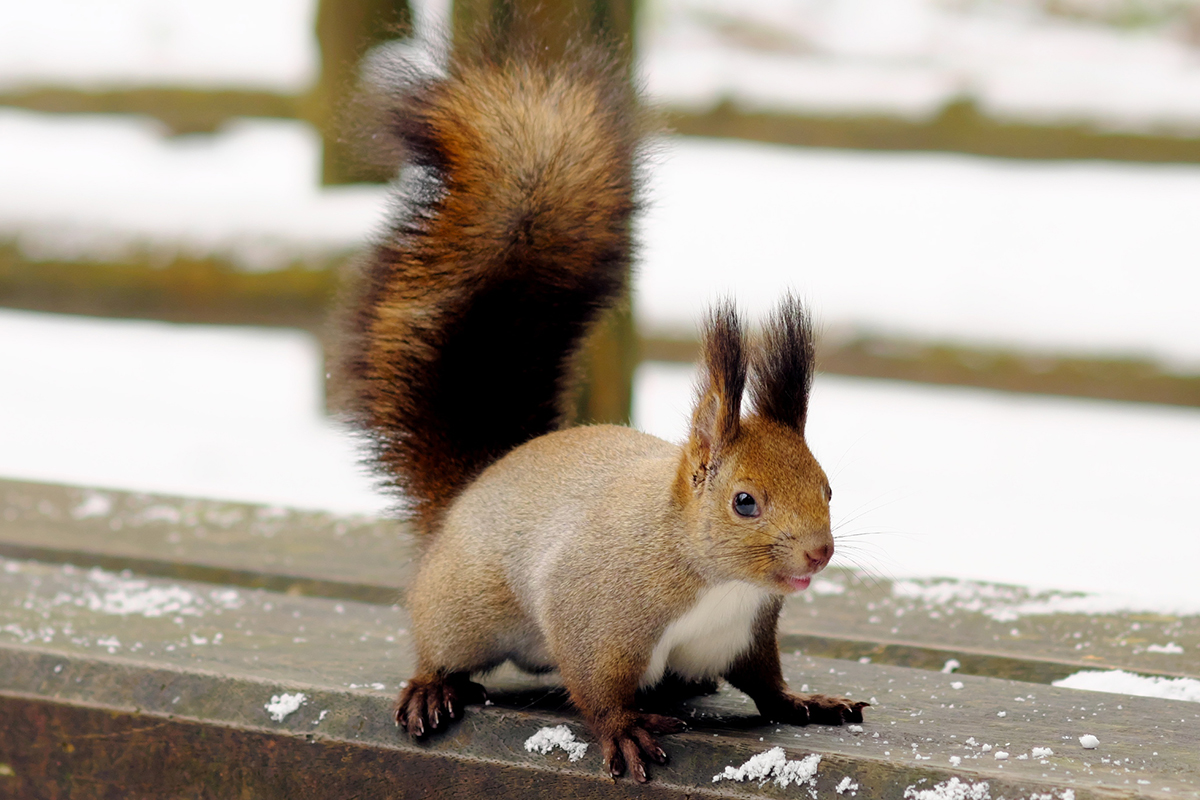
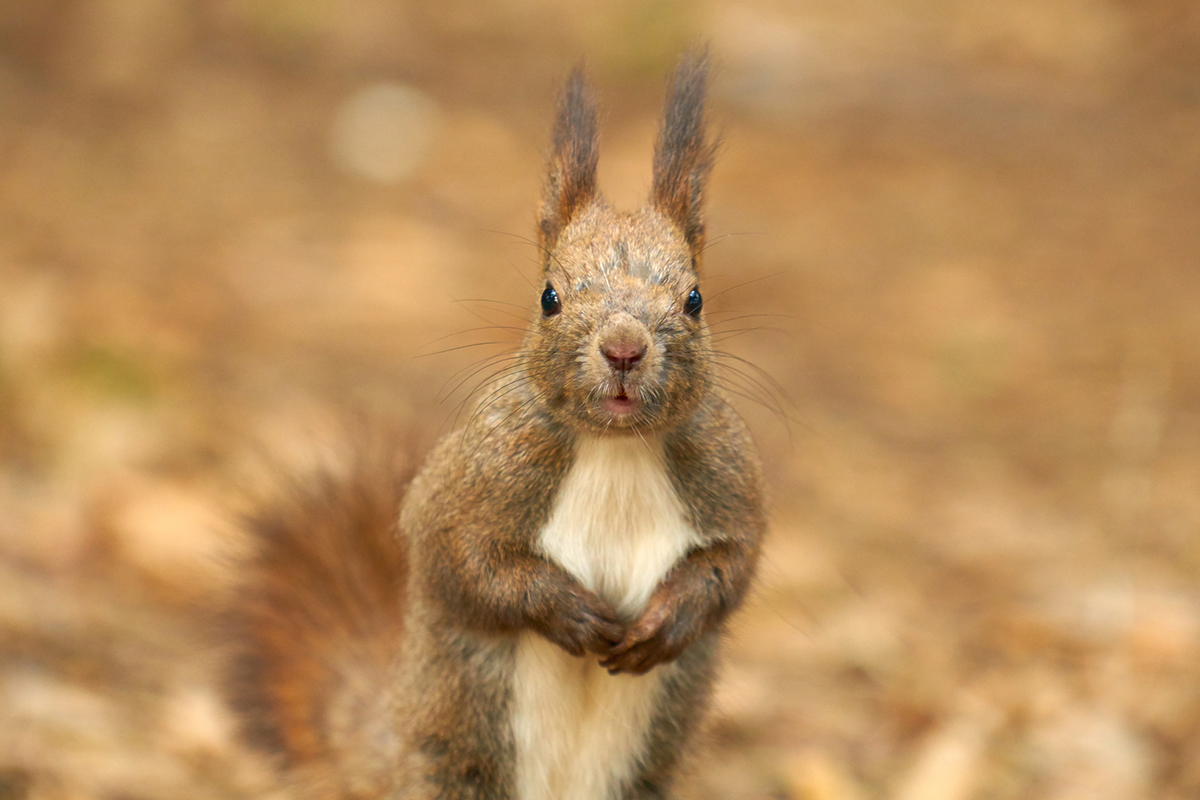

Ezo squirrels are often seen not only in forests but also in parks near urban areas — a delightful encounter for anyone on a Sapporo tour. For example, when walking through Maruyama Park on the way to Hokkaido Shrine, the most famous shrine in Hokkaido, you may spot these friendly little creatures. About 150 years ago, pioneers from Honshu called them “tree rats.” The Ainu, Hokkaido’s indigenous people, also knew them well and named them tusuninke, meaning “something disappearing by witchcraft.” The name likely comes from the way squirrels rub their tiny paws together and vanish in a flash, as if by magic.
Ezo Flying Squirrel
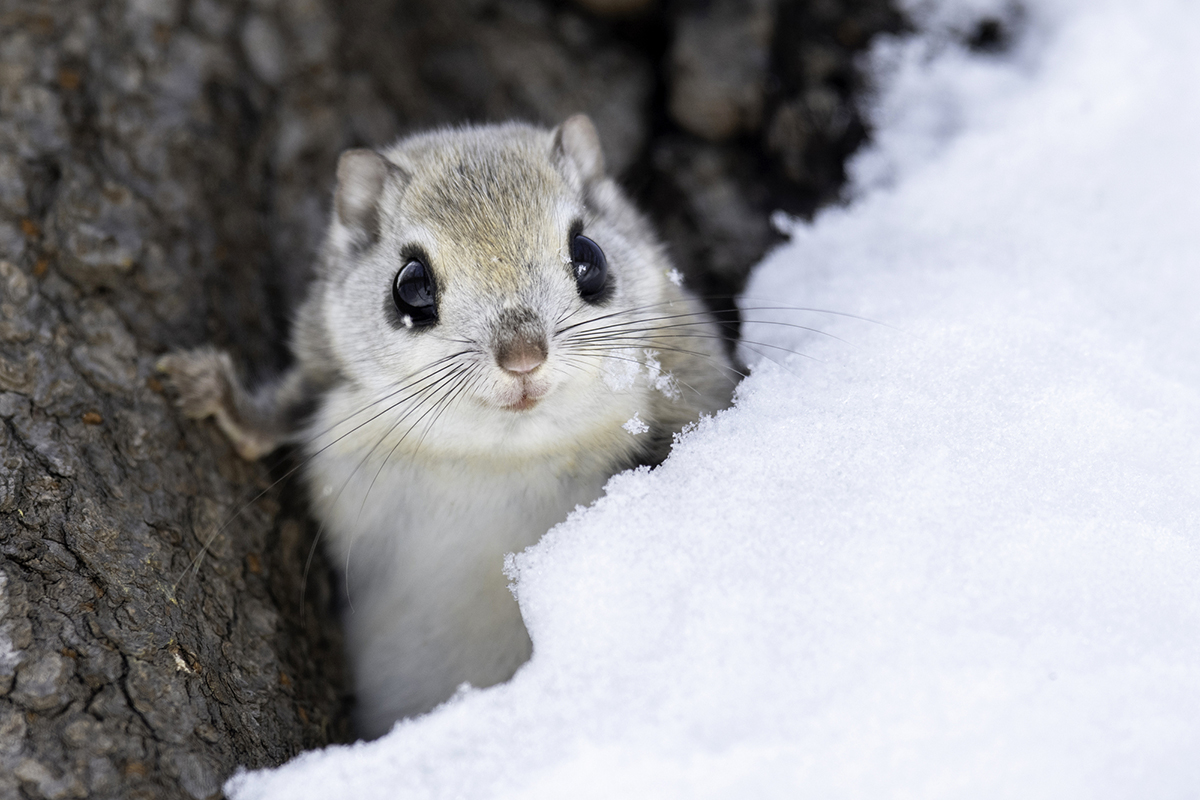
The Ezo flying squirrel, a subspecies of the Siberian flying squirrel, is a tiny and charming creature measuring about 15 to 18 centimeters in length—roughly the size of a human fist—and weighing around 100 grams. Belonging to the squirrel family, it has a soft, fluffy body and large, round eyes. Unlike other squirrels, these nocturnal gliders are completely vegetarian, feeding on leaves, buds, and nuts. In Ainu culture, they are called at-kamuy, meaning “guardian deity of children.” Spotting an Ezo flying squirrel gracefully gliding between trees is a rare and magical experience, and a memorable highlight for travelers on a Hokkaido tour.
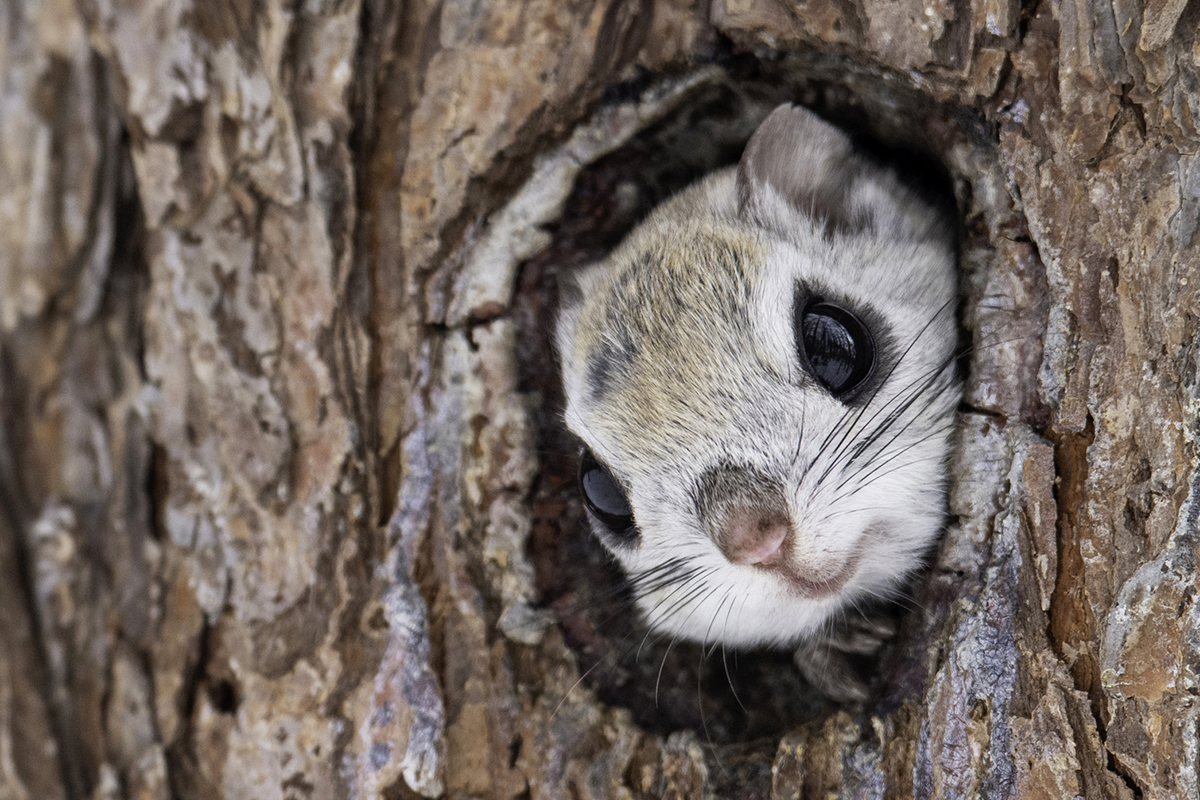
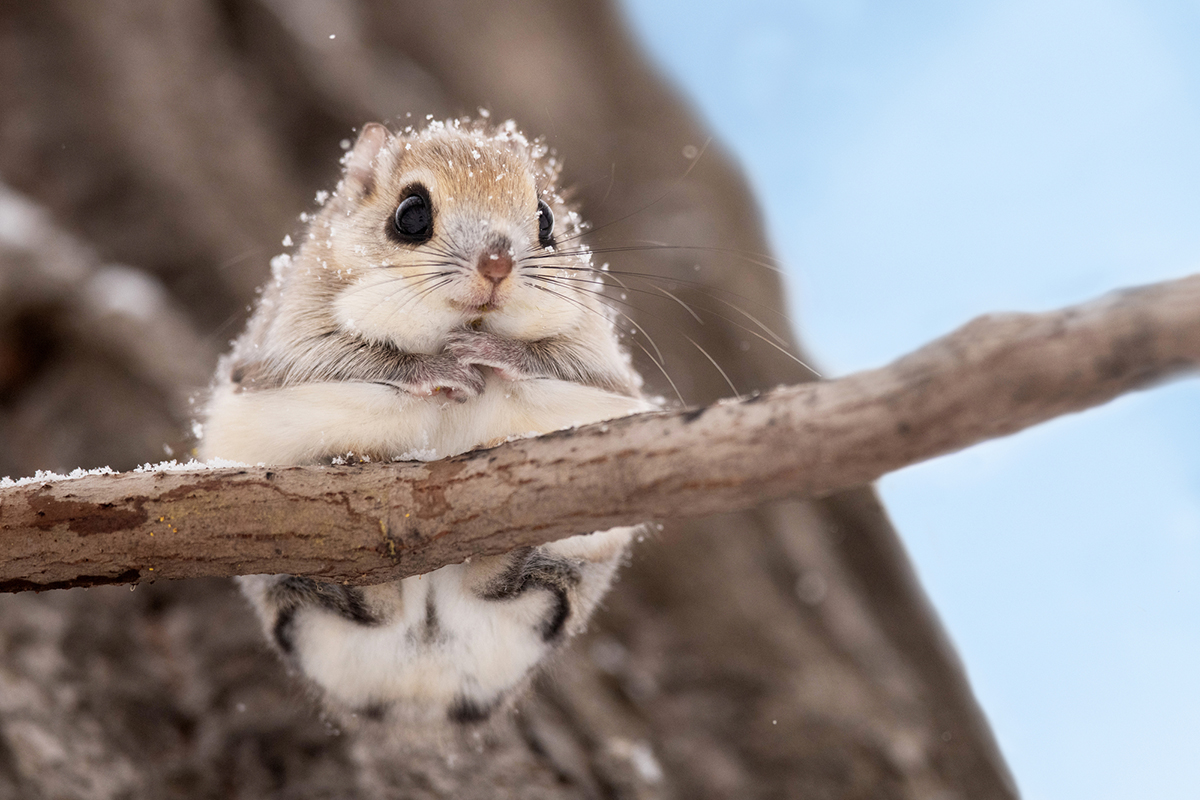
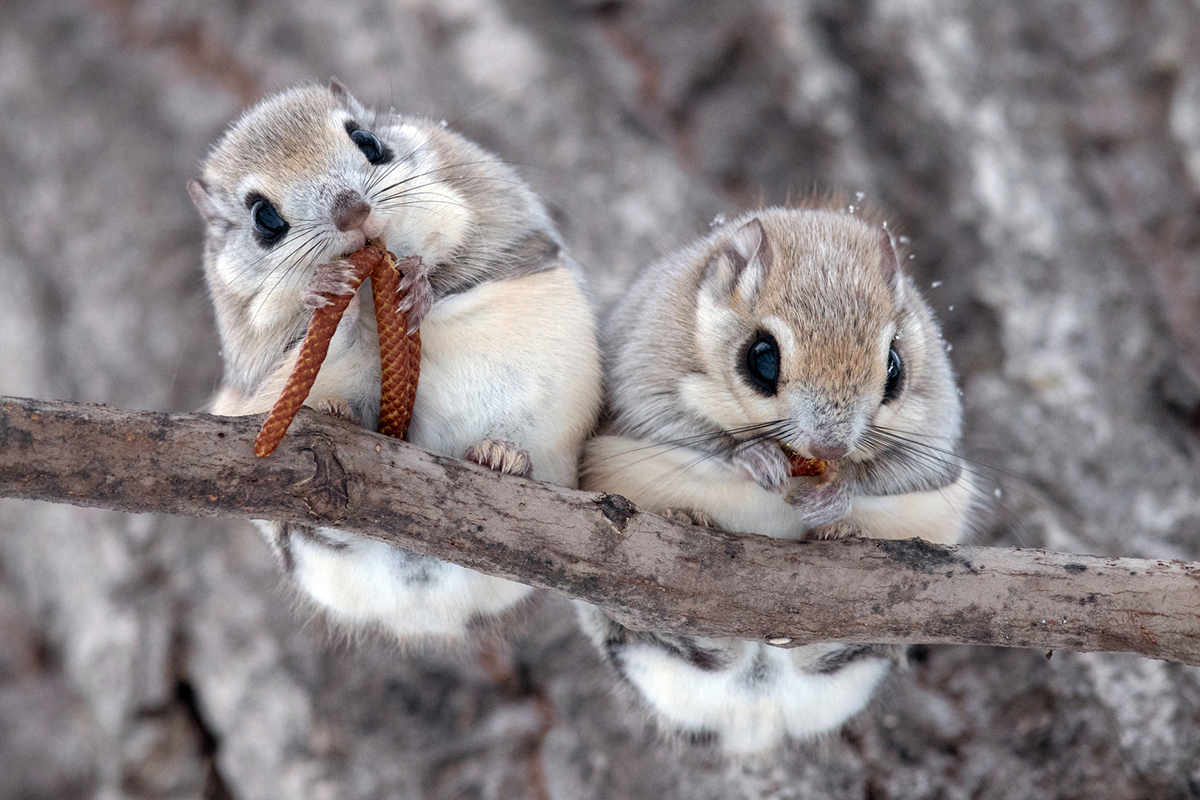
What makes them different from other members of the squirrel family is their ability to glide between trees by stretching the skin between their front and hind legs. They live in trees and rarely come down to the ground. Because they are nocturnal, it’s not easy to spot them. However, if you visit a forest early in the morning, you might be lucky enough to see one. Watching an Ezo flying squirrel glide gracefully through the trees is an enchanting experience—one that can become a truly memorable part of your Sapporo tour.
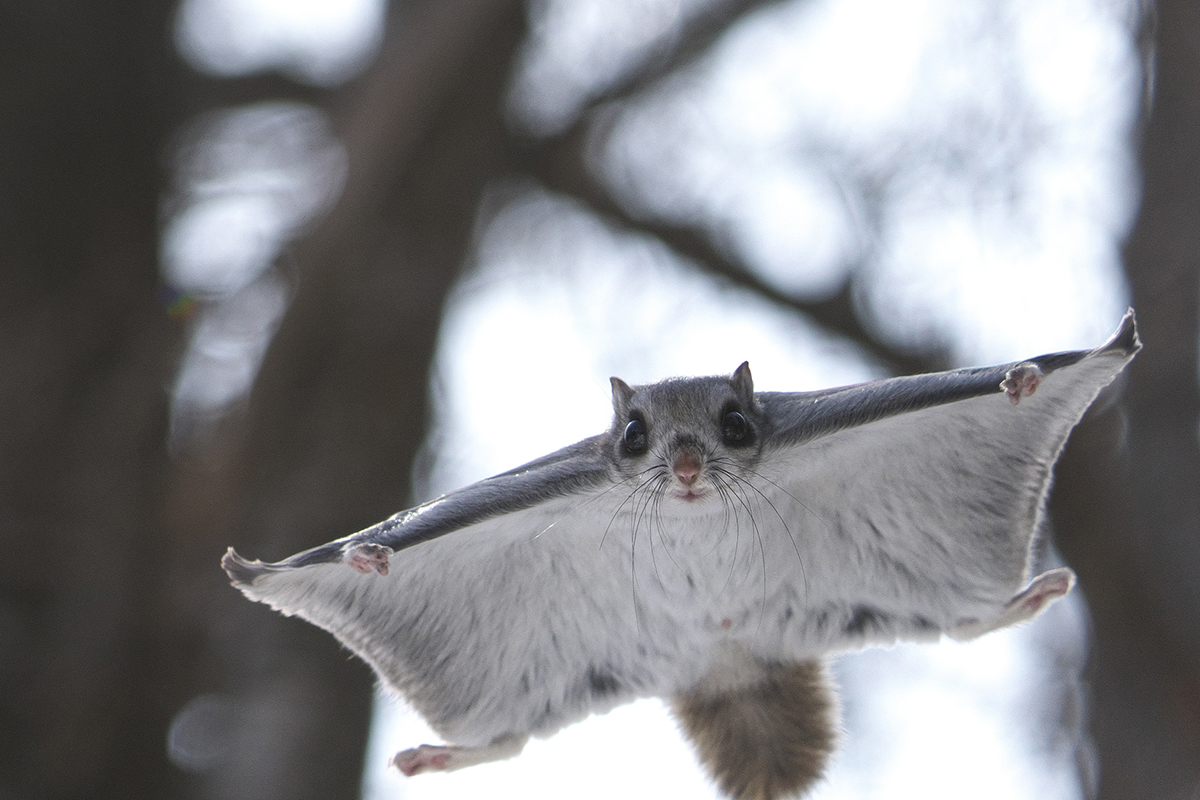
Ezo Mountain Hare
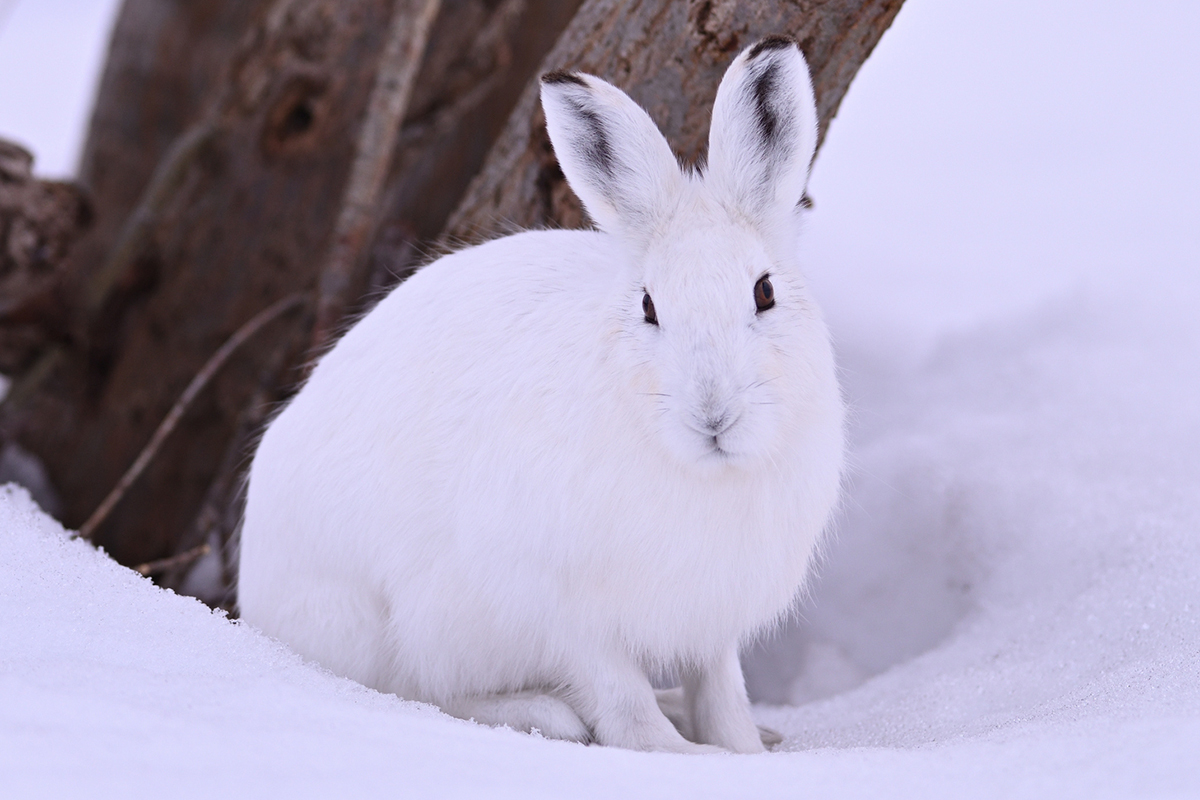
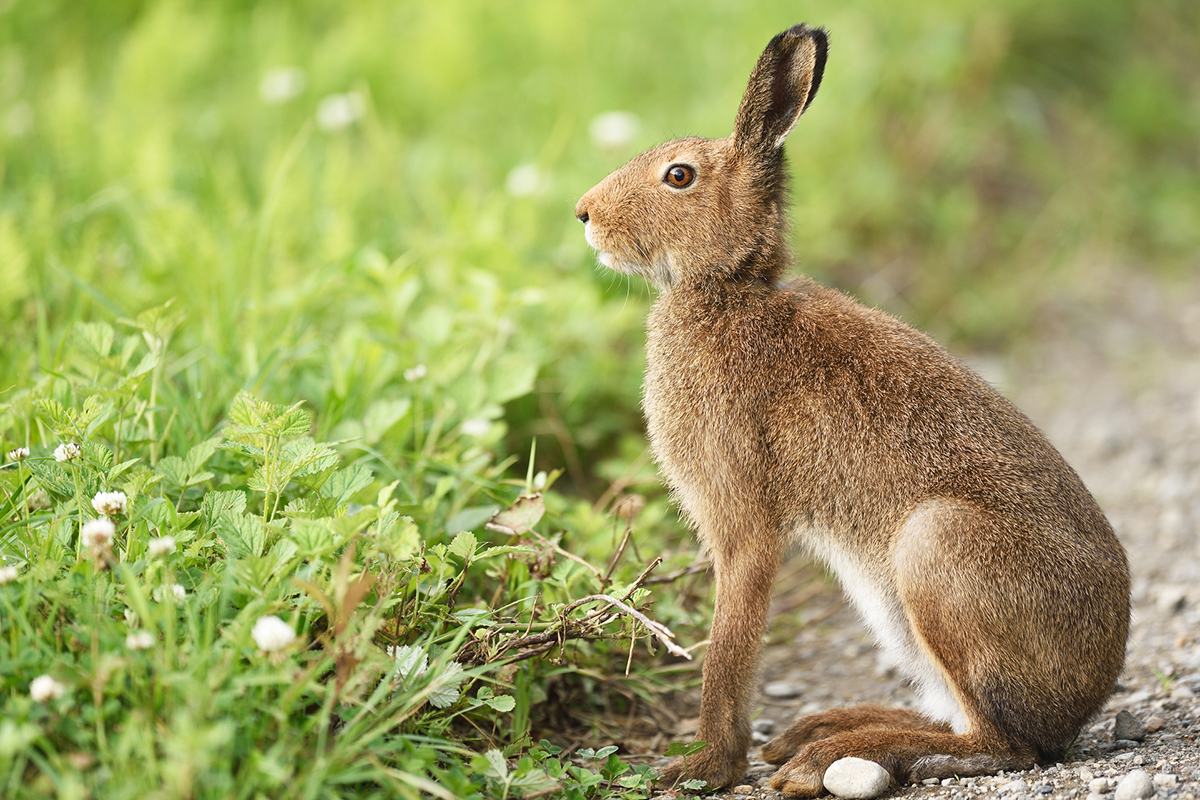
The Ezo mountain hare is another species found only in Hokkaido. In summer, its fur is brown, but in winter it turns pure white, blending perfectly with the snow and making it hard to spot. It grows to about 50 cm in length, with shorter ears than hares found on Honshu. These hares live in meadows, forests, and mountains, though they are not often seen. In the Ainu language, they are called isepo, meaning “a small creature that cries ‘kii kii kii’.” The Ainu once hunted them for food and fur. You may be lucky enough to see an Ezo mountain hare during a Hokkaido tour in areas rich with nature.
4. Water: Salmon, Hokkaido’s Famous Fish
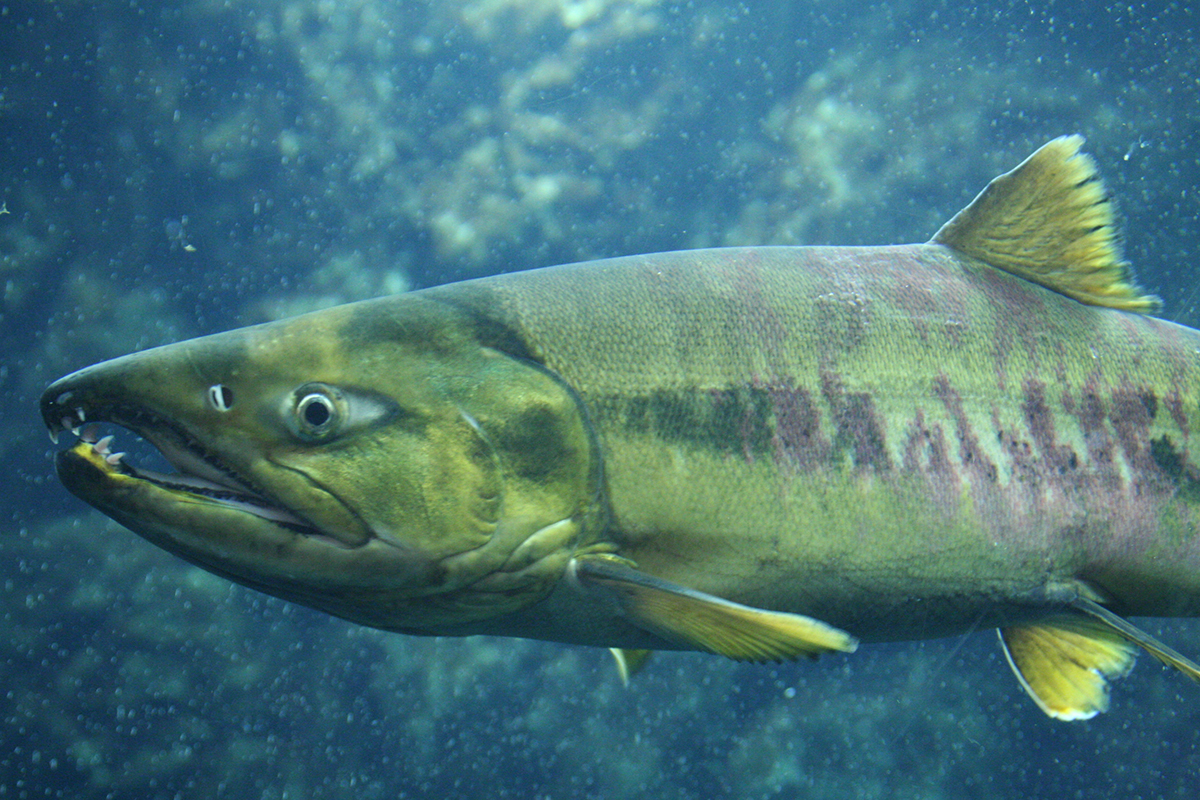
Salmon are deeply familiar to the people of Hokkaido. In autumn, you can see them swimming upstream in many of the island’s rivers. Although Sapporo does not face the sea, several rivers run through the city, and many salmon can be observed making their way upstream — even spawning surprisingly close to downtown. During a Sapporo tour, you may witness the remarkable sight of salmon returning to their birthplace.
The life of a salmon is truly full of adventure. After growing to a certain size in Hokkaido’s rivers, they migrate downstream to the sea, where they mature in the Sea of Okhotsk, the North Pacific Ocean, the Bering Sea, or the Gulf of Alaska. Three or four years later, in autumn, they return to the very rivers where they were born to spawn — completing the grand cycle of their lives.
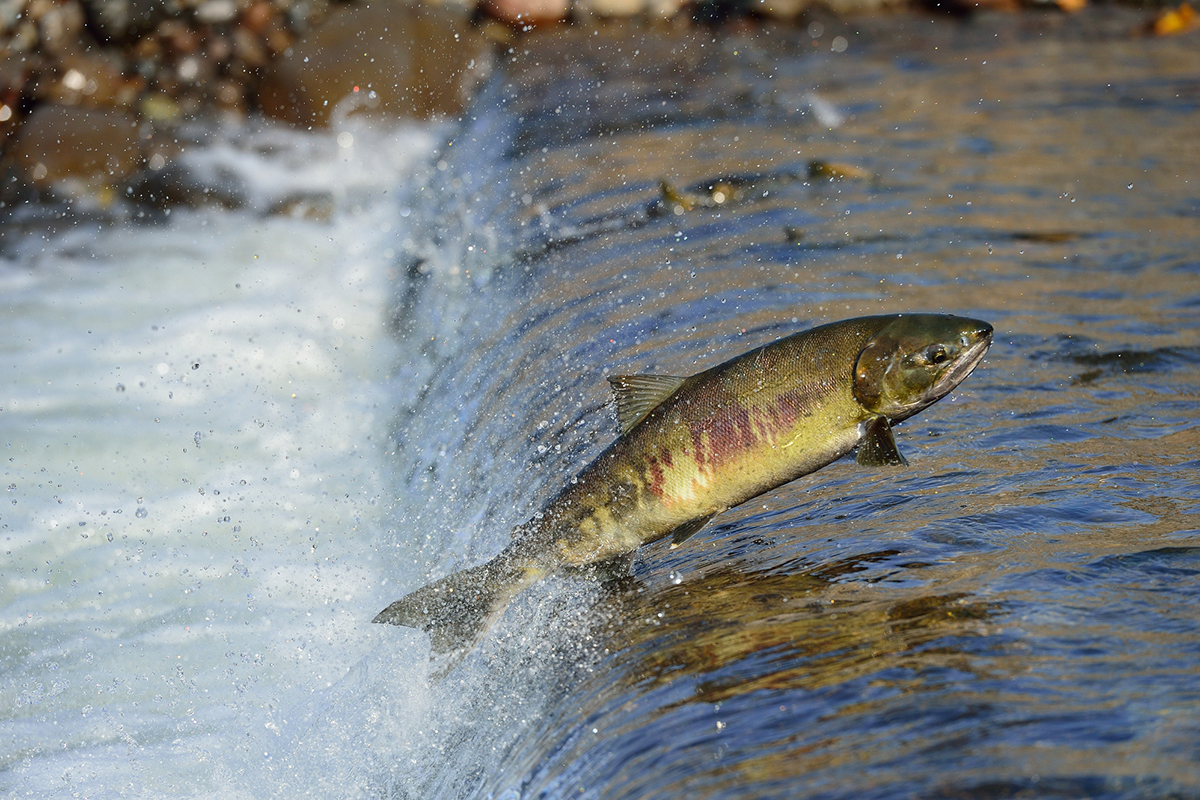
During their short lives, salmon accomplish truly remarkable feats. Most fish born in freshwater spend their entire lives there, so it is astonishing that salmon are able to grow up in the salty ocean and then return to the rivers where they were born.
After three or four years, they swim back to their natal rivers to spawn. How do they find their way home? The details are still unknown. Some scientists say they recognize the unique scent of their birthplace, while others believe they navigate by sensing the Earth’s magnetic field. In any case, their ability to return from thousands of kilometers away is nothing short of miraculous. Watching salmon during their upstream journey can be a memorable highlight of a Hokkaido tour.
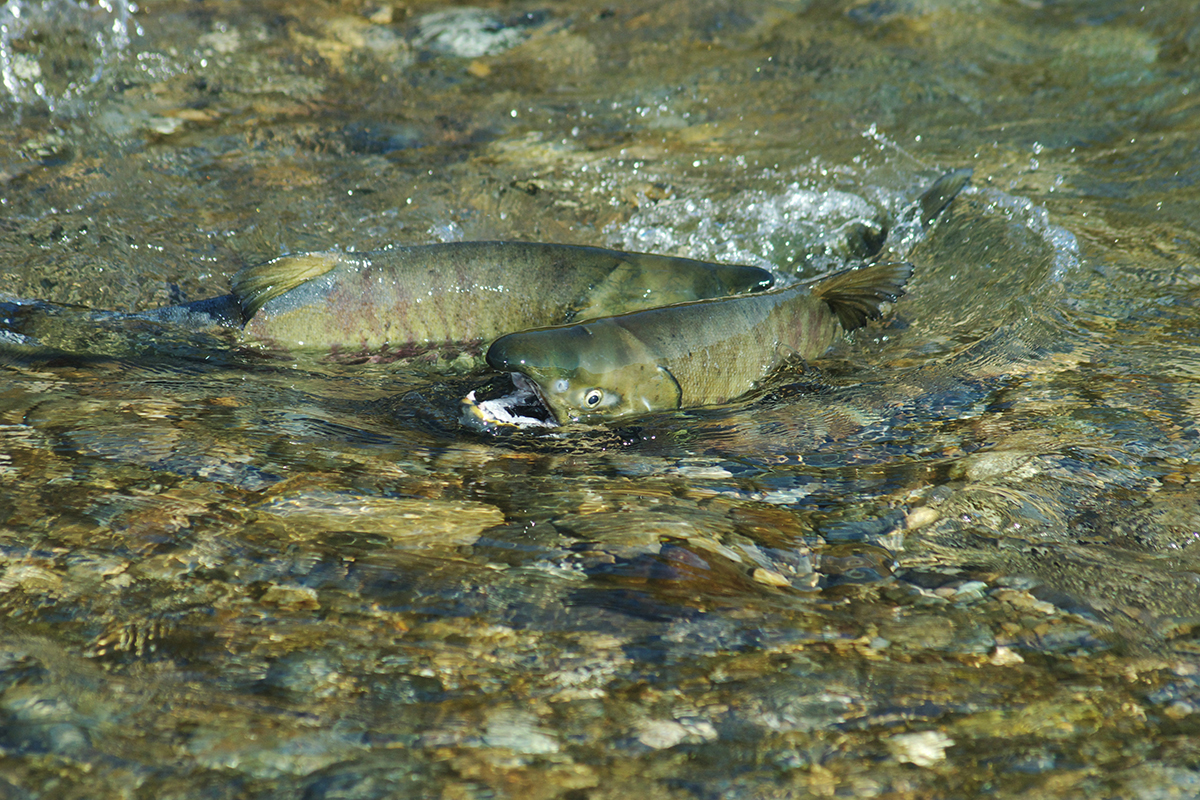
Once the salmon reach a suitable spawning ground upstream, pairs begin their final ritual of life. The female uses her tail fin to dig a nest on the riverbed, about two to three times her body length. Just after she lays her eggs, the male releases his milt to fertilize them. Shortly after spawning, both the male and female die, completing their life cycle. Their bodies then become a vital source of nourishment for bears and other animals preparing for hibernation. In this way, the lives of the salmon are passed on to the next generation, sustaining the rich ecosystem of Hokkaido.
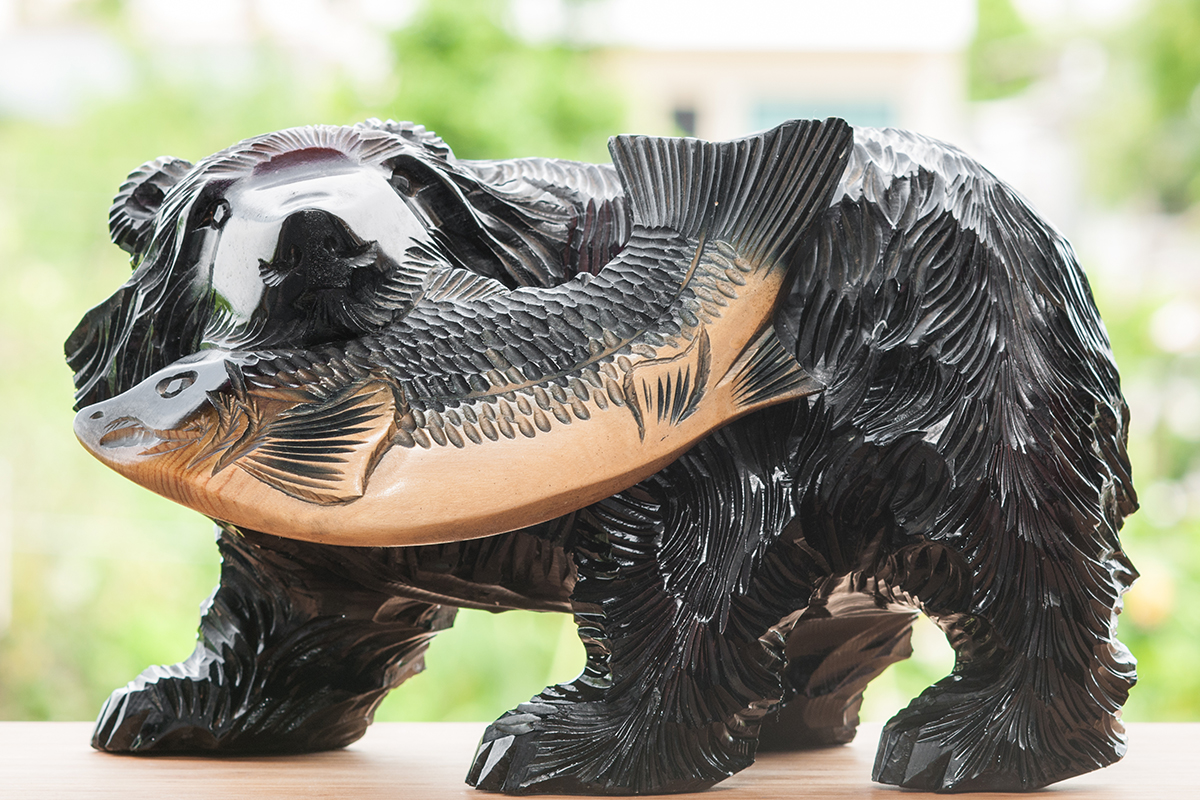
The Ainu, Hokkaido’s indigenous people, call salmon kamuy-cep, meaning “deity of fish,” and treat them with great respect. For the Ainu, salmon shoals arriving each year before the long, cold winter were an essential food source. They utilized the salmon from head to tail, believing that nothing should go to waste. Even the salmon skin was processed into shoes, with the scales providing grip on snowy surfaces. However, there was one challenge: their dogs, known as Ainu-ken, sometimes ate the shoes when hungry. Salmon observation can be a meaningful experience on a Hokkaido tour, connecting visitors with both nature and local culture.
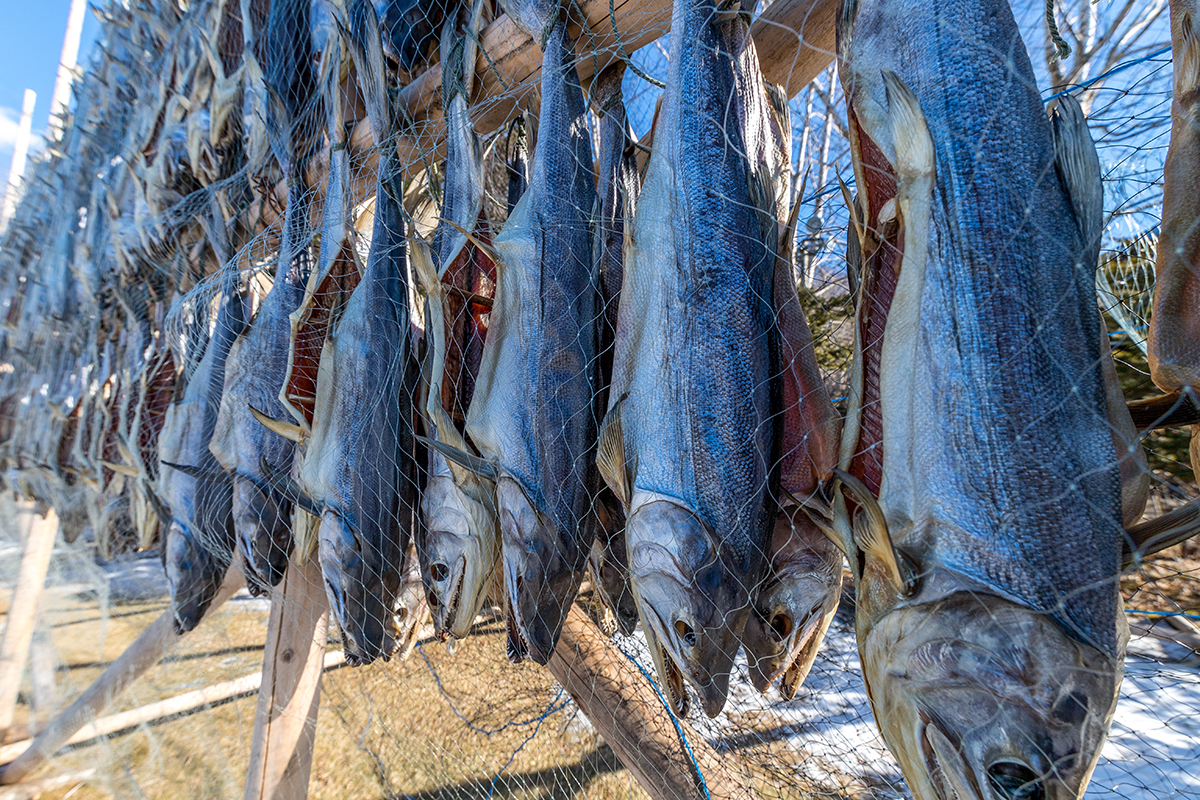
In autumn, the Ainu people hold a ceremony called Asir-cep-nomi to welcome the returning salmon to the river. Although it ceased after the Ainu were assimilated into Japanese society around 150 years ago, the ritual was revived in 1982 at the Toyohira River for the first time in a century. Today, it is still held every September along the riverbanks, featuring traditional Ainu dances. Visitors on a Hokkaido tour can attend and experience this unique cultural event firsthand, making it a memorable addition to any itinerary.
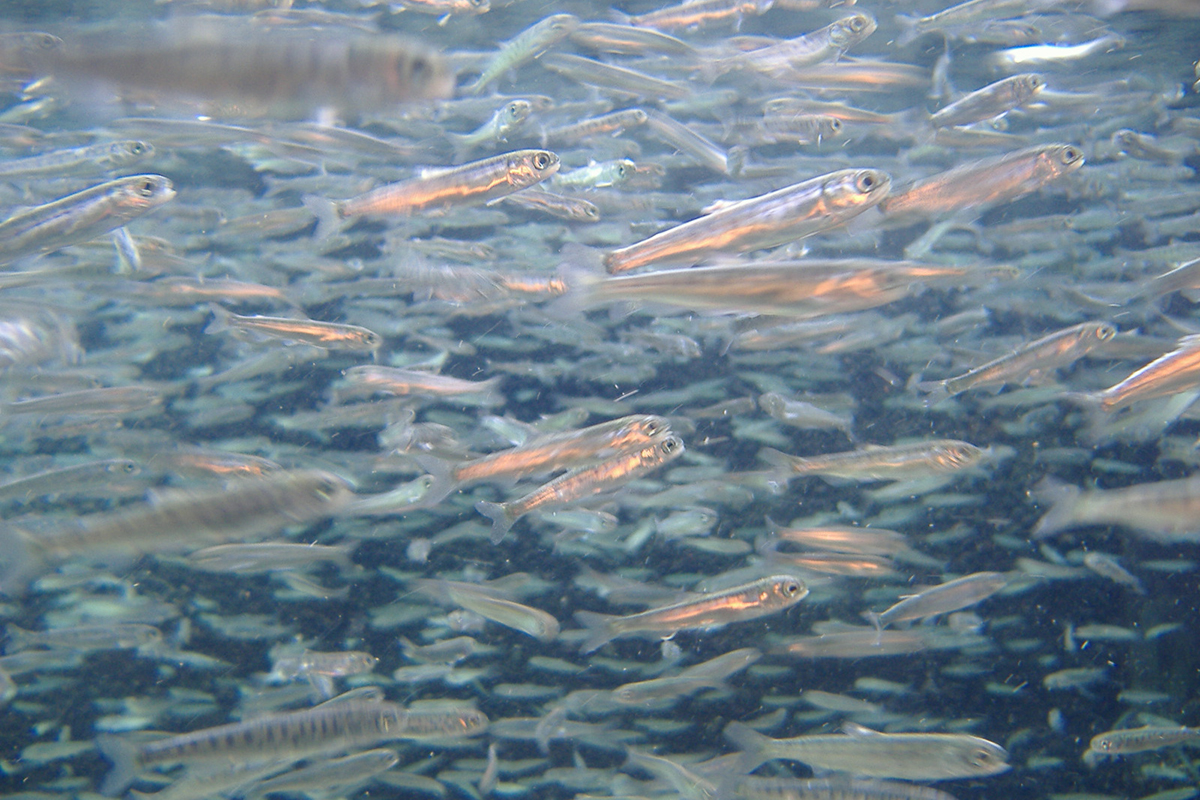
Speaking of the Toyohira River, which flows through central Sapporo and hosts many salmon, in the late 20th century no salmon returned due to pollution. Concerned citizens launched the Come Back Salmon Campaign in 1978 to clean the river and release young salmon. A few years later, salmon were seen swimming upstream, much to the delight of the community. Their environmental restoration efforts succeeded and attracted public attention. Since then, the program has continued, and today approximately 2,000 salmon return annually to the Toyohira River. Visitors can learn about these efforts at the Sapporo Salmon Museum in Makomanai, located near the river. This initiative makes a Sapporo tour engaging even for those exploring the urban center.
5. Local Cuisine in Sapporo
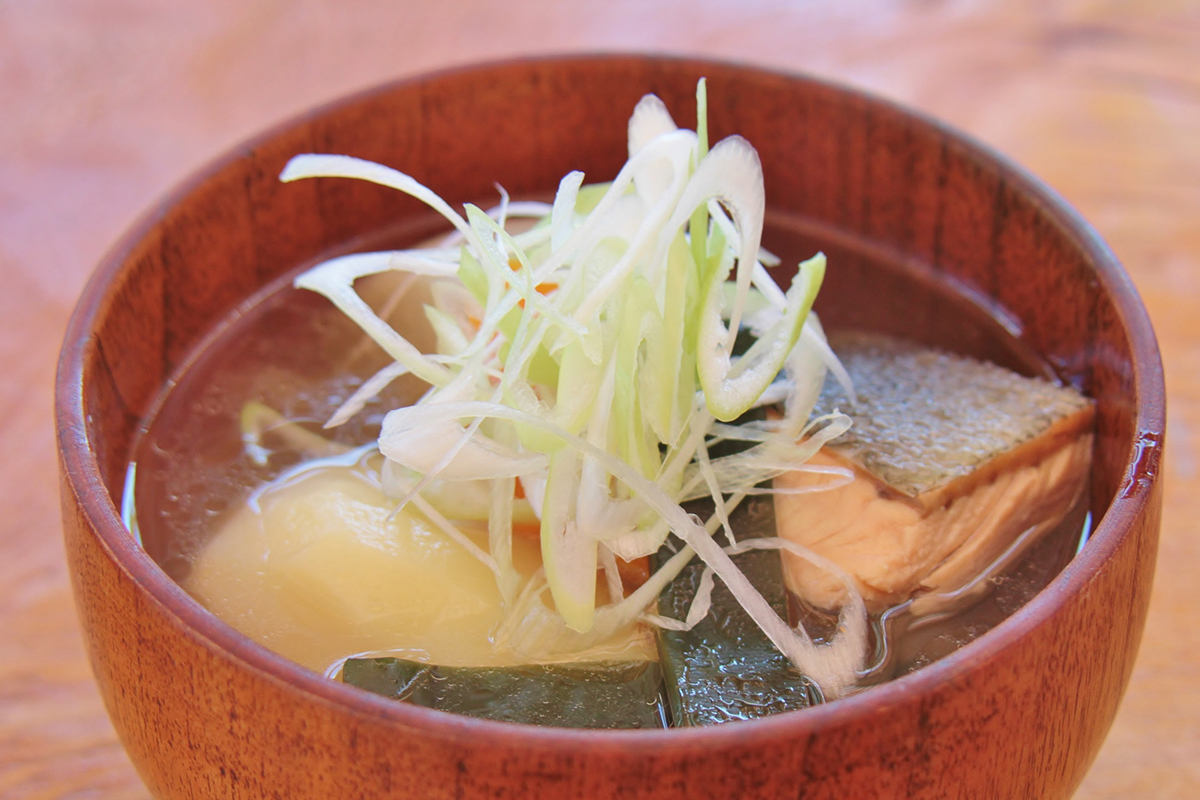
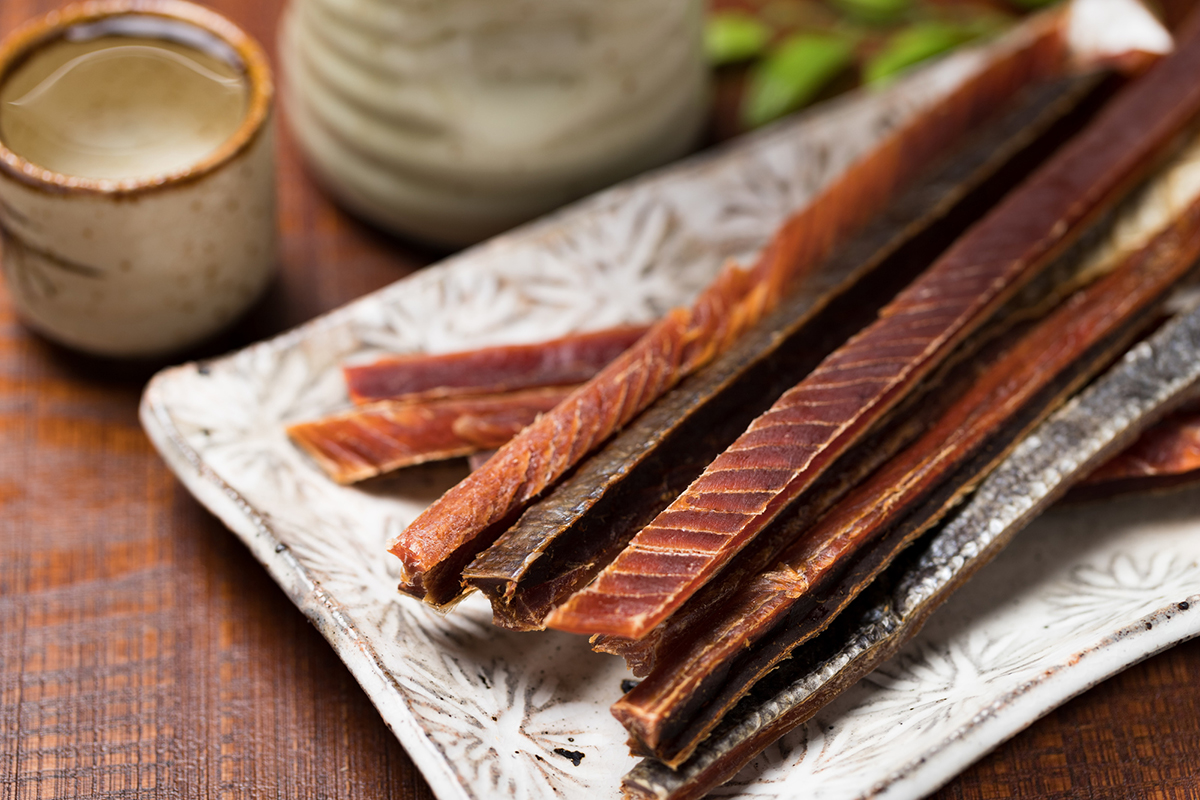
As we have seen, salmon is a key ingredient in Sapporo cuisine, with many local dishes highlighting this fish. The Ainu people traditionally prepare a salmon soup called ohau, made with vegetables and seasoned with salt. They also dried and smoked salmon to preserve it for the winter. Another traditional dish is rui-be, meaning “melting food,” which consists of frozen salmon. Freezing not only preserves the fish but also kills parasites, making it safe to eat raw. This method reflects the Ainu’s traditional wisdom in preserving salmon. Rui-be is commonly served at izakayas, Japanese-style pubs in Hokkaido, and tasting it is highly recommended during a Sapporo travel.
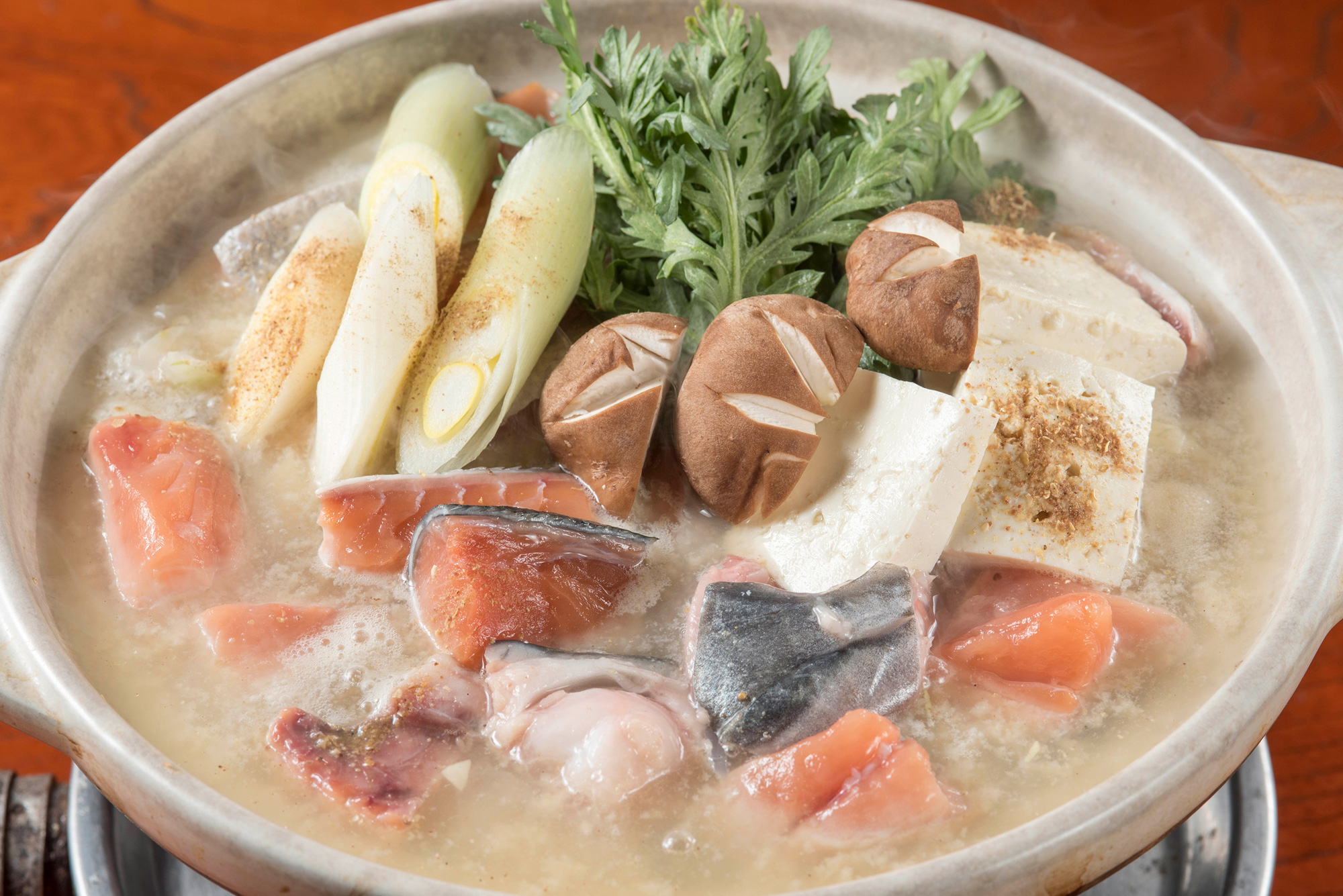
Ishikari nabe, a hot pot dish featuring salmon, was created by pioneers who moved from Honshu in the late 19th century and has become a classic Hokkaido specialty. Named after the Ishikari River, one of Hokkaido’s largest rivers, this dish combines salmon and vegetables in a miso-based soup, with miso being a traditional Japanese seasoning made from fermented soybeans. Tasting Ishikari nabe is often included in Hokkaido tour itineraries, making it a must-try local experience.
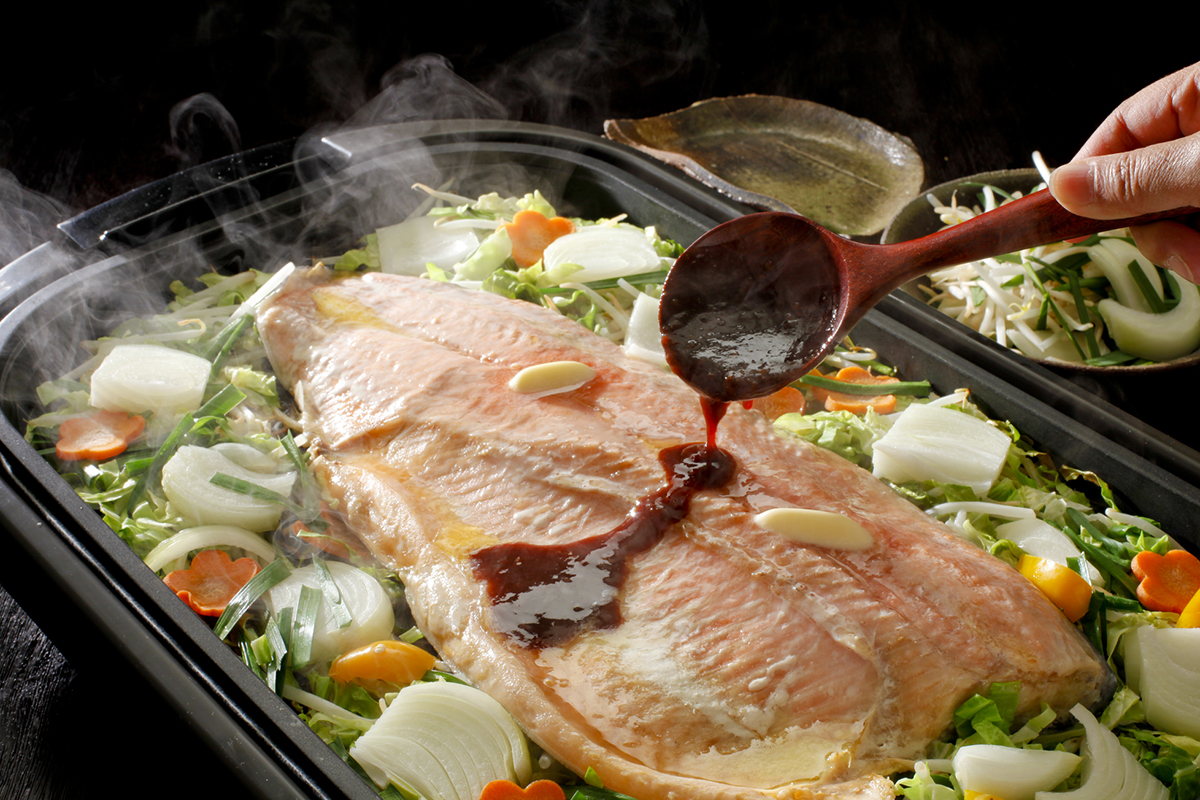

Hokkaido offers a wide variety of salmon-based dishes, including grilled salmon, fried salmon, and chan-chan-yaki, a hearty mix of salmon and vegetables cooked with sweet miso. Another popular local snack is toba, dried salmon sticks seasoned with seawater and air-dried in the coastal breeze. The name toba comes from the Ainu word tupa, meaning “sliced and dried salmon meat.” Although slightly tough to bite, toba becomes more flavorful the more you chew it and pairs perfectly with sake. Sampling such dishes can be a delightful addition to your Hokkaido tour.
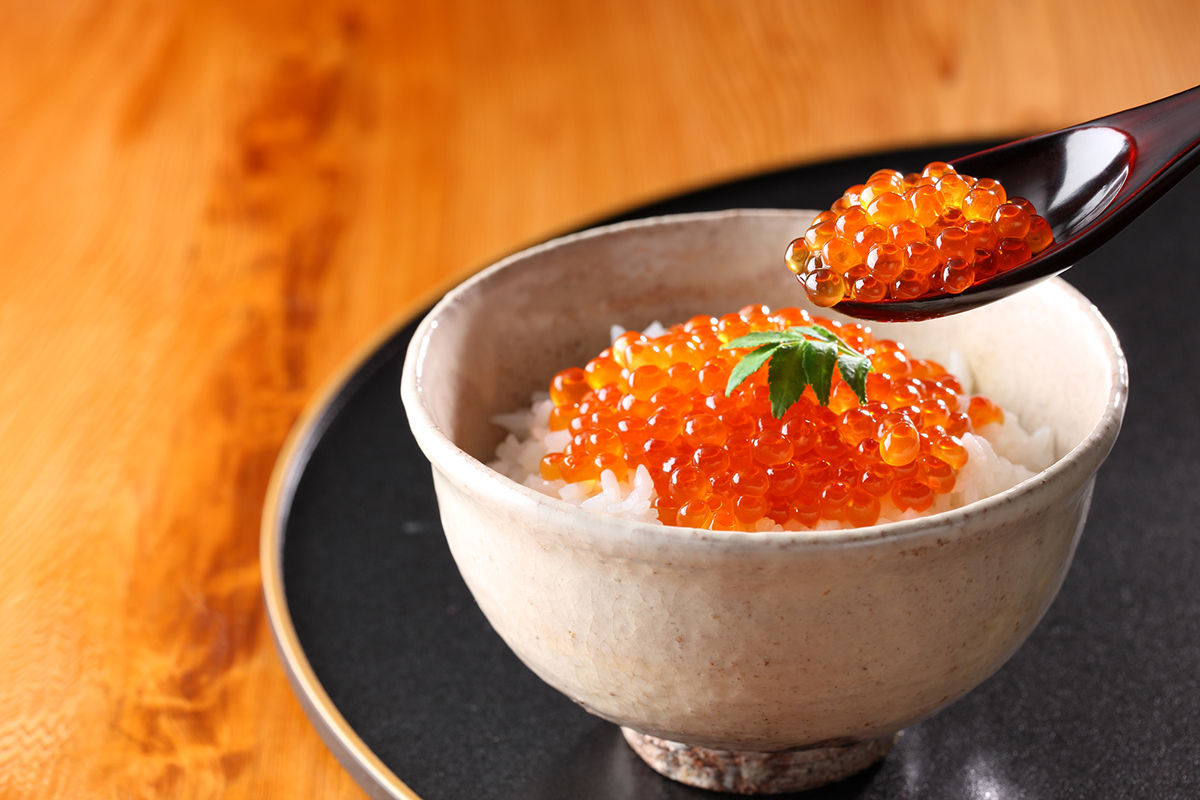
Salmon roe, known as ikura, is a traditional Hokkaido delicacy with a rich history. The word ikura comes from Russian, reflecting cultural ties with Sakhalin. The Ainu once enjoyed a dish called cup-or-usi-imo, combining salmon roe with mashed potatoes. Today, the most popular way to enjoy ikura is as a topping on steaming white rice, creating a luxurious rice bowl that is a must-try for anyone on a Hokkaido tour. Many visitors to Hokkaido make it a point to savor this iconic dish.
